
The building of the new headquarters of Naturgy group in Barcelona, a building property of Inmobiliaria Colonial, is located at Av. Diagonal 525. The project has been designed by Sanzpont Arquitectura through the concept of sustainable renovation, recovering a building built with the aim of reducing its environmental impact of use, extending the efficient its useful life. Its execution, in addition to having been carried out with materials of strict respect for the environment and a comprehensive environmental quality management plan, has incorporated all the design and construction requirements to achieve LEED Gold certification.
The project incorporates an innovative main façade based on large windows that provide natural light, defined by unique photocatalytic krion 3D modules, which in addition to giving the building a unique identity, have the ability to purify the air thanks to their photocatalytic material. The KEAST technology of the krion material goes a step further by extrapolating its benefits beyond its surface with its ability to decontaminate the air. The unique design, made with a line of clean and aerodynamic lines, generates an image of movement and avant-garde.
The building envelope and its systems have been designed to make it an eco-efficient model, improving its performance, thermal insulation and energy consumption. The design of the south façade incorporates a treatment of photovoltaic louvers, which, in addition to protecting from the sun in the warmer months of the year, generate clean energy for part of its electricity consumption.
A large part of the building’s roof is designed as a natural green space, incorporating low-consumption native plant species, which in addition to providing an extra insulation layer, helps to minimize the environmental impact improving the microclimate and helping to mitigate the heat island effect.
For the development of the project, a detailed study of the climate and the environment was made, to determine the characteristics of the architectural envelope and its response throughout the year, considerably improving its performance and the efficiency of the building in terms of energy savings. and sustainability. Design and improvement of the architectural envelope according to its orientation, thermal and acoustic insulation, solar control louvers and production of renewable energy, as well as a roof garden.
The project has been developed using the latest BIM cloud technology for its complete coordination, integrating virtual models of architecture, engineering and interior design, in addition to the urban environment, generating a coordinated digital building.
The original design and space planning concept implemented by CBRE and later developed by SANZPONT, is based on generating a clean and open space, with an open and continuous workspace that encourages collaboration and teamwork. Both team and managers coexist equally in the same space, where the jobs aerodynamic in such a way that they are exchanged according to the needs and work teams, offering persona lockers and formal and informal meeting rooms, as well as personal spaces to talk by phone.
THE STRUCTURAL CHALLENGE
Reinforcement with Carbon Fiber
The original building, from the 70s, had to be used for housing, with structural regulatoryrequirements far below current ones. During the construction of the work, the use of thebuilding was changed from housing to offices, leading this to modify and eliminate patiosand lines of facilities provided in the ceilings defined in the initial project, as well as accessramps to the basements. Later, some specific reinforcements were made on the roofs andsignificant permanent overloads were added to all floors. The deformations that the slabshad experienced after 50 years led to unevenness in a single floor of the order of 8cm.
The new program of uses, the desire for transparency of the interior spaces and currentregulatory requirements called for creating new slab openings for evacuation stairs andfacility lines, and modifying old ones (elevators), making it necessary to replace the originalstabilization core. of the building, originally opaque.
The total recalculation of the structure led to the reinforcement of various elements, pil-lars and slab nerves in the areas of greater spans. The reinforcements had to occupy theminimum possible space (especially to respect the required useful heights), and to be ableto be executed with great speed. For these reasons, it was decided to use carbon fiber toreinforce the slab ribs, to encase with gunite concrete and reinforced pillars, and for the ex-ecution of a reinforced compression layer, which allowed increasing the useful edge of thepositive reinforcement (and with this, reduce the number of ribs in need of reinforcement)and to place all the necessary negative assembly, regardless of the existing one. It should besaid that this reinforcing compression layer was maintained with a constant thickness, theoptimum according to the structural calculation, reproducing the arrows and unevennessof the pre-existing structure. It was not used to level its upper face since in some points itwould have been a very important thickness and overload.
Some new supports were added for actions that involved major changes, such as the ap-pearance of a new emergency staircase or the demolition and reconstruction of the eleva-tor shaft, now made up of a triangulated cage made of steel profiles. These new supportscalled for a new foundation, resolved with micropiles to minimize settlements and makethem compatible with the pre-existing foundation, which was analyzed to verify that it ac-cepted the load increases that the project implied.
In the interiors, a great effort has been made to meet the useful heights required by updated regulations, highly conditioned and limited by the pre-existing structure. Not only was the structural reinforcement studied to occupy the least possible space, but also installations and finishes were defined and coordinated to pursue this same objective. The workspaces are kept as high as possible, concentrating the installations in specific areas, such as around the elevator core, where the HVAC fan-coils are located, and linear cornice-type elements that run along the roof of the layout and that group various installations (lighting, detection, sprinklers, signals, audio, etc.) in a single element, all of them registrable for easy maintenance. The height-adjustable technical flooring maximizes the final useful height, absorbing deformations and unevenness of the structural slabs.
In the facades, different technical solutions were chosen according to the orientation of each one of them, for aspects such as their protection from the sun on the rear facade facing south, the preservation of the privacy of the neighbours of Atalaya building to the east, or the formal expression of the project on the facade of the Diagonal. The south and north facades are largely resolved with a curtain wall, but each with different peculiarities. The south façade features the industrial design and manufacture of louvers, fixed to the structure of the curtain wall, which integrate sun protection and photovoltaics into a single element, combining materials and systems from up to 5different manufacturers. The system of assembly / disassembly and connection / disconnection system of the modules allowed a very simple, fast and guided installation process during the work, and will allow easy maintenance of both the photovoltaic system and the possible replacement of facade glass during the use of the building.
The north façade is solved based on two different curtain wall solutions. The one of the blown body that forms the tribune is equal to the one of the South facade, and the one of the zone inferior, with dark glasses, reduces the measurement of its profiles of support to the essential minimum not to invade the space of the street, given the extreme proximity of the pre-existing structure to the road alignment. The entire perimeter of the grandstand issolved with drywall systems, and in its lower area involves a structural modification of the perimeter of the pre-existing roofs, which adapt to the curve. The undulating ends of white Krion posed an important challenge in order to reconcile the form and modulation proposed in the project with their correct fixation on the building. They arrived pre-industrialized at the site in 3D modules that were fixed to two continuous rails, which in turn were attached to the building either directly to the opaque areas of the corners or, when it passes in front of the curtain wall , cross-ing the uprights to a steel inner bearing structure.
The east façade has a significant urban handicap, as it is located on the border between two contiguous estates, and is really a median, with the conditions that this entails with respect to the volumetric occupation it generates, and also with regard to the views to to the neighbours. This, together with the thermal requirements of the regulations, leads to the solution of ventilated façade strips finished with white aluminum composite panel, with part of the thermal insulation placed in the corresponding interior extradoses, and other black strips, not ventilated, in the openings, equipped with dark and translucent glass, which make it impossible to see through it to preserve the privacy of the neighbours of the adjoining property, the Atalaya.
The most important roof of the project is the PB+1 plinth that separates the standard floors of the Atalaya Tower project. It is partially passable, with a platform finish with an open joint, and partially landscaped, with the heavier elements (trees) located just above the pillars of the lower floors.
Time Lapse Video by Voxel Studios (Courtesy of Colonial)
"Diagonal 525 office building, located within the Prime CBD area of Barcelona at the confluence with Avenida Sarriá, has a surface area of 5,800 m2 above ground and 1,200 m2 below ground, divided into a ground floor and nine floors. It has recently undergone a comprehensive refurbishment, resulting in one of the most emblematic office buildings in the central business hub of Barcelona, standing out for its high performance in terms of Sustainability."
- Inmobiliaria Colonial
PROJECT: D525 | Diagonal 525, Barcelona
CLIENT: Inmobiliaria Colonial & Naturgy Group
ARCHITECTURE DESIGN: sanzpont [arquitectura]
INTERIOR DESIGN: CBRE + sanzpont [arquitectura]
ARCHITECTS + CONSTRUCTION MANAGEMENT: Sergio Sanz, Victor Sanz, Oriol Vidal, Xevi Prat, Carles Campanyà, Guillem Armengol
STRUCTURAL DESIGN + CEM: Campanyà i Vinyeta Arquitectes
MEP DESIGN + LEED CONSULTANTS: PGI Engineering
PROJECT MANAGEMENT: Projects & Facilities Management
SECURITY & HEALTH: Tulpan Intermediació
GENERAL CONTRACTOR: OIC - Penta
MAIN CONTRACTORS: Suris (MEP), Garcia Faura (Façade), Butech (Krion)
PHOTOS: David Cardelús (Courtesy of Naturgy), Dani Rovira (Courtesy of Colonial), Sergio Sanz (Courtesy of Sanzpont)
TIME LAPSE: Voxel Studios
• A’ Design Awards, Milan, Italy : Silver Award - Certificate Of Excellence in Architecture, Building and Structure Design Category : D525 Barcelona (2022)
• APR Urban Design & Architecture Design Awards : Gold Award Winner : D525 Barcelona (2022)
• Archframe Design Awards : Gold Winner : D525 Barcelona (2022)
• The Chicago Athenaeum International Architecture Awards 2022, Chicago, USA : Honorable Mention : D525 Barcelona (2022)
• Golden Trezzini Awards 2021 : Special Mention in Best Implemented Project of Public Building or Facility Category : D525 Barcelona (2021)
• Architecture MasterPrize, Los Angeles, USA : Honorable Mention in Architectural Design / Restoration & Renovation : D525 Barcelona (2021)
• London International Creative Competition : Official Selection : D525 Barcelona (2021)
• IDA Design Awards, Los Angeles, USA : Honorable Mention - Architecture : D525 Barcelona (2021)
• Outstanding Property Award London : Honorable Mention : D525 Barcelona (2021)
• Global Future Design Awards 2021 : Third Award : D525 Barcelona (2021)
• TAC World Design Awards 2021 : Office Building Design (Built) Winner : D525 Barcelona (2021)
• Muse Design Awards, New York, USA : Gold Award Winner - Building Renovation : D525 Barcelona (2021)
• Muse Design Awards, New York, USA : Gold Award Winner - Office Building Design : D525 Barcelona (2021)
• Rethinking the Future Global Architecture Design Awards, New Delhi, India : First Award Winner - Office Building (Built) : D525 Barcelona (2021)
• Novum Design Awards, Helsinki, Finland: Golden Award in Architecture Design : D525 Barcelona (2021)
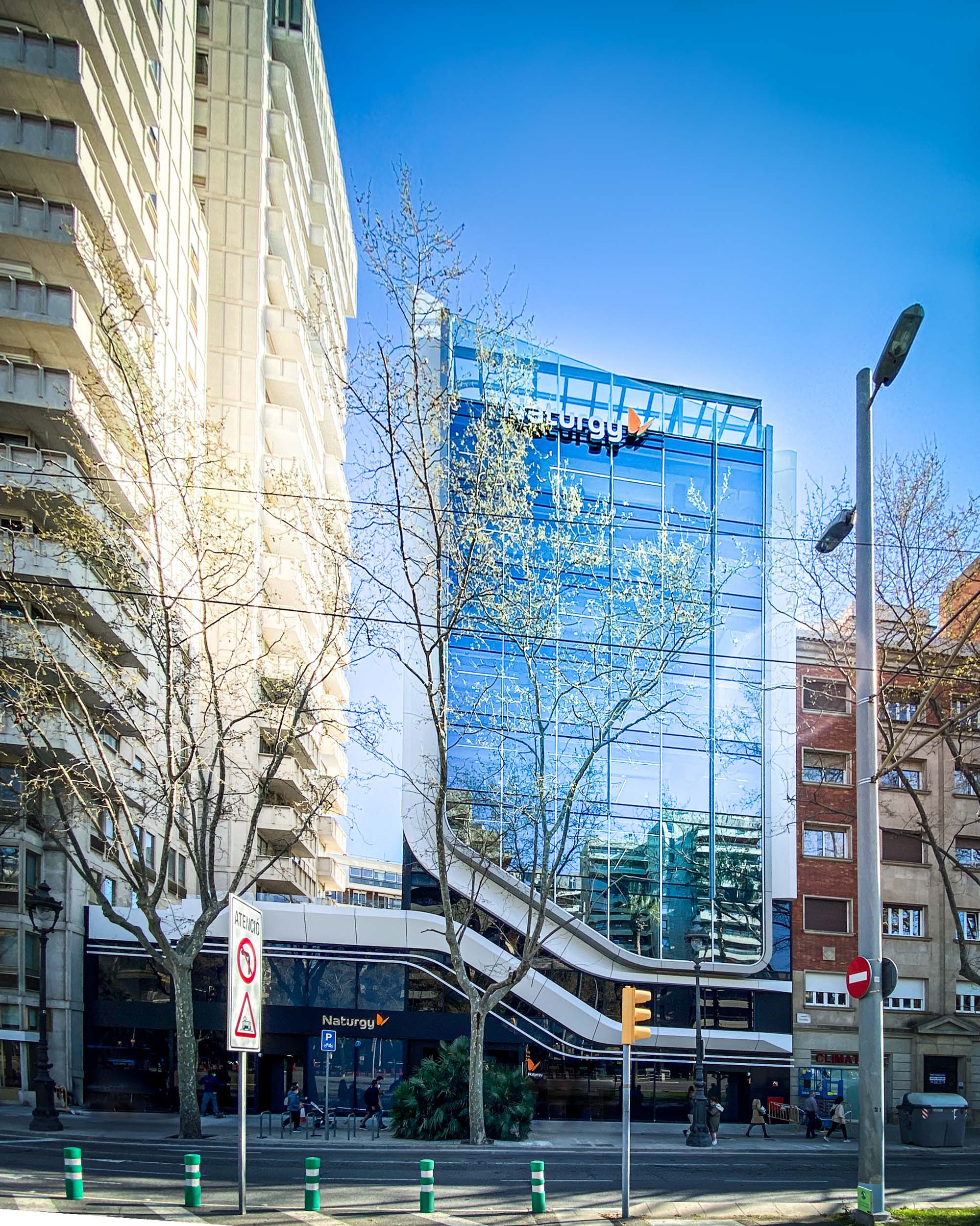
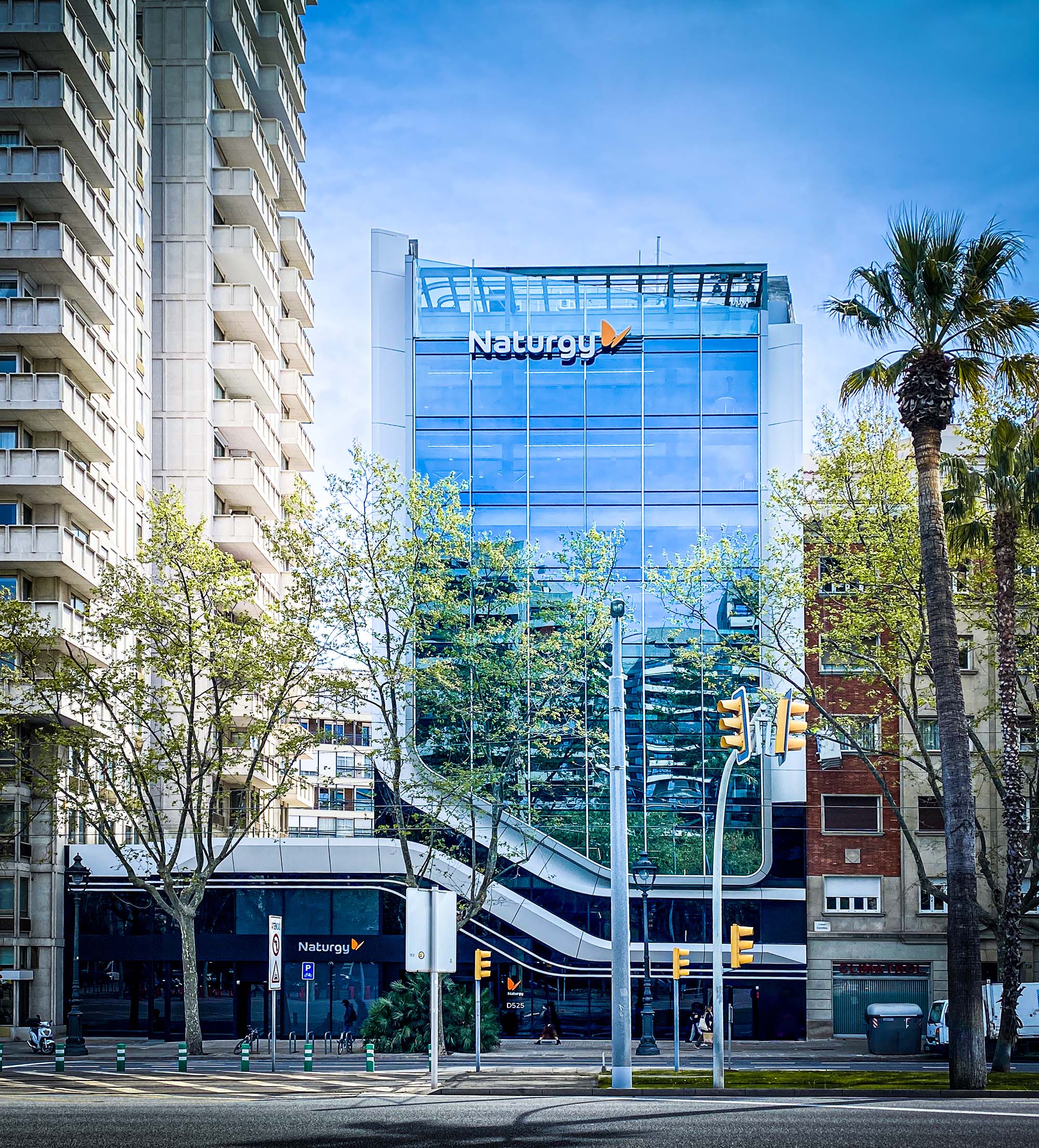
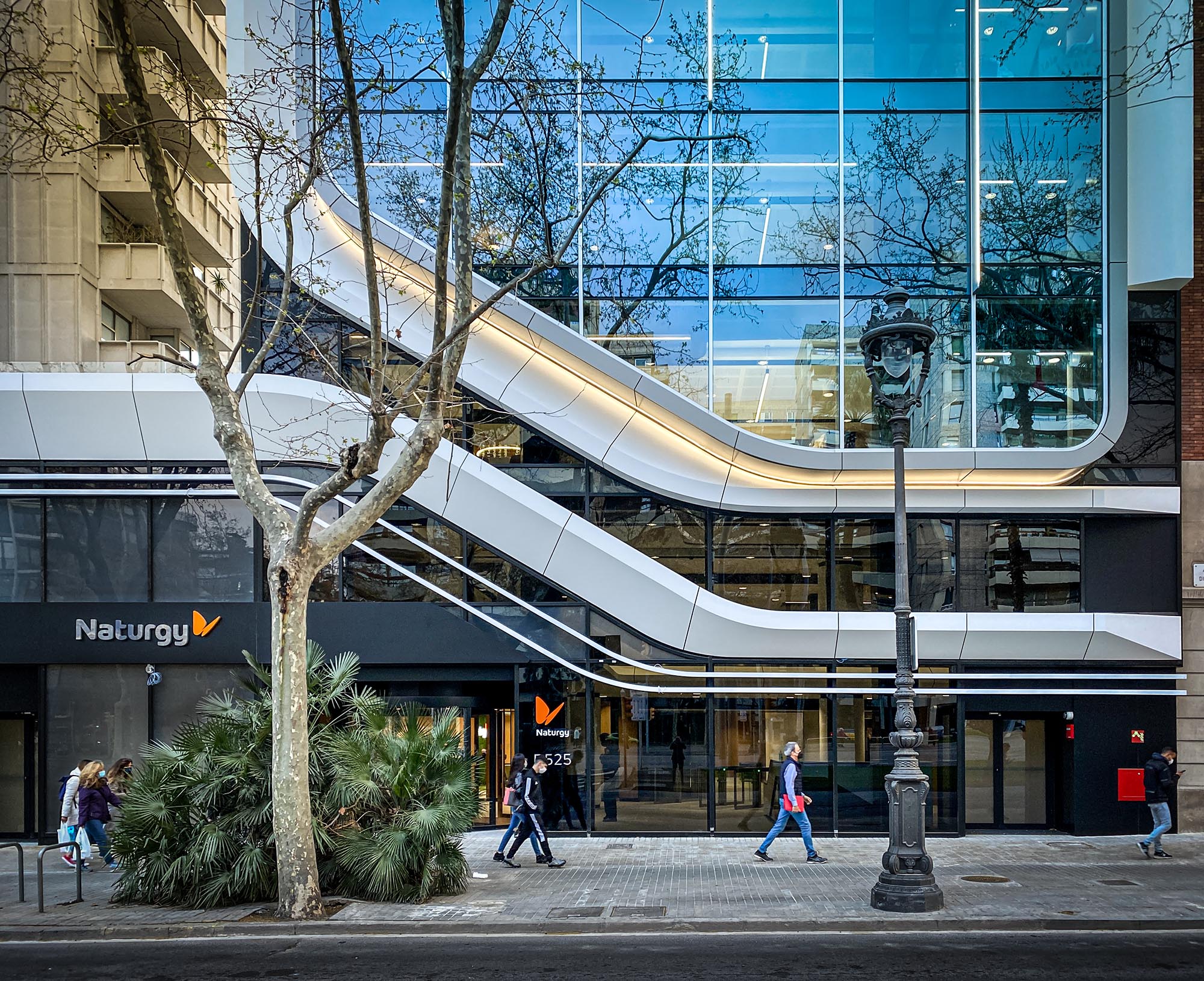
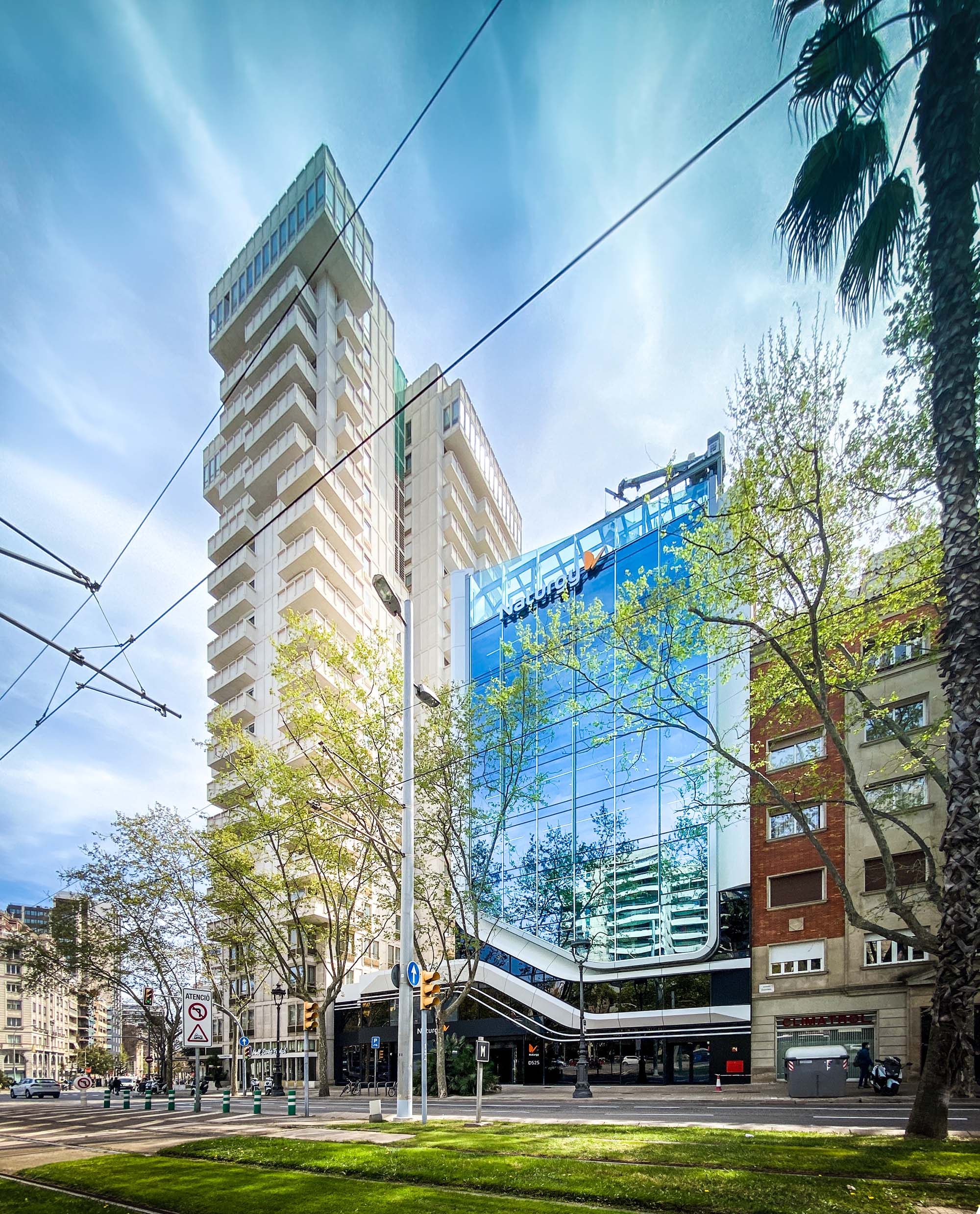

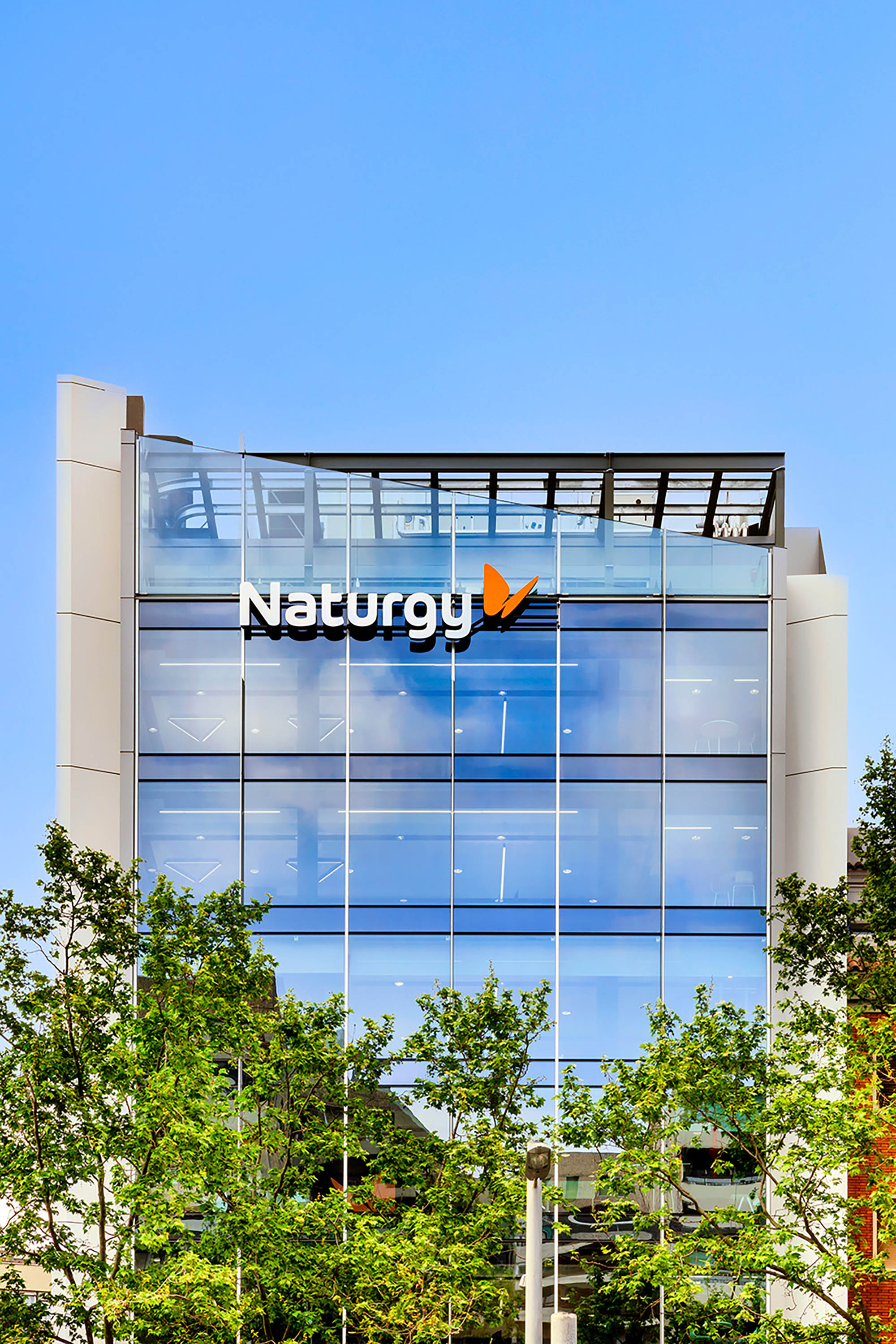


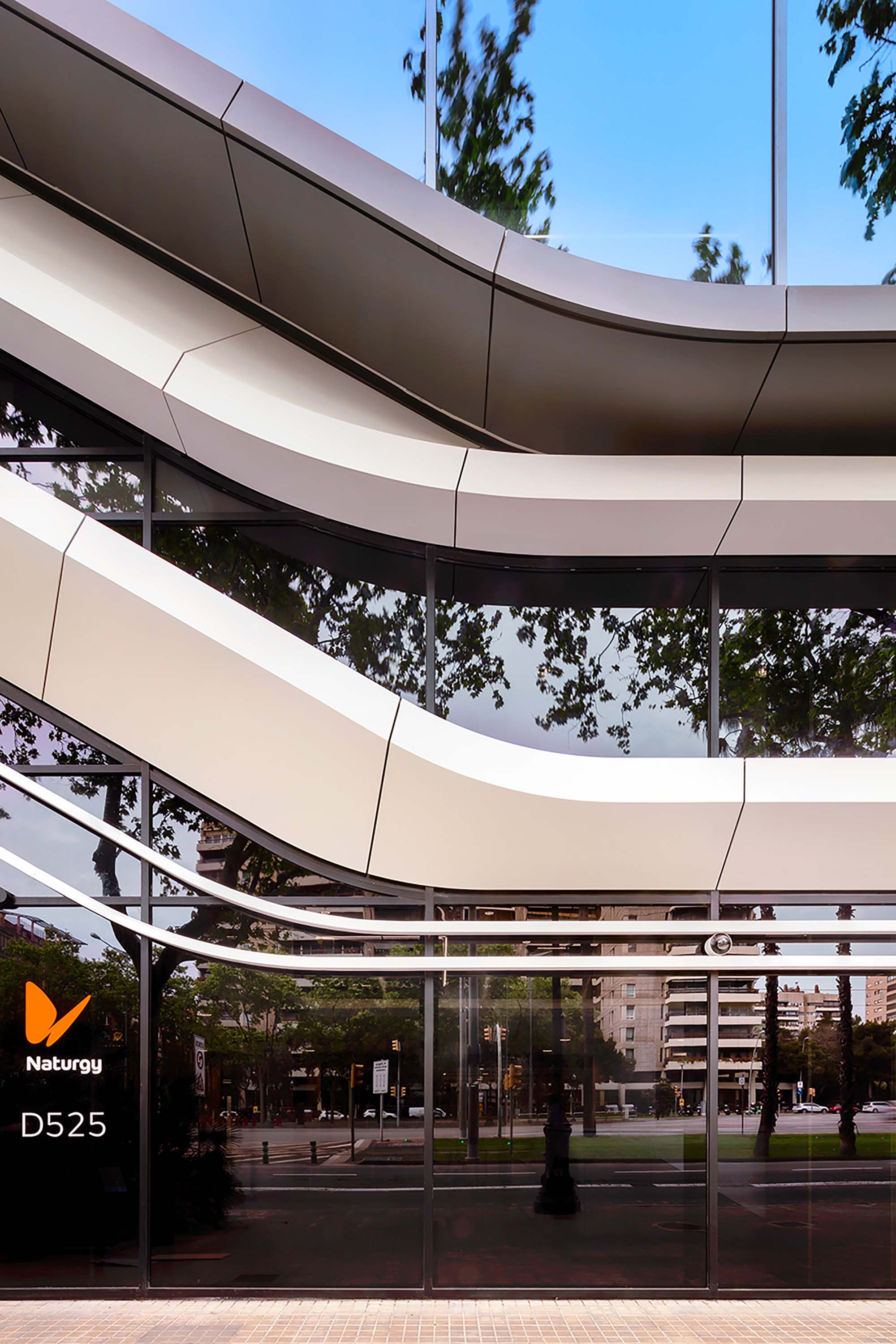



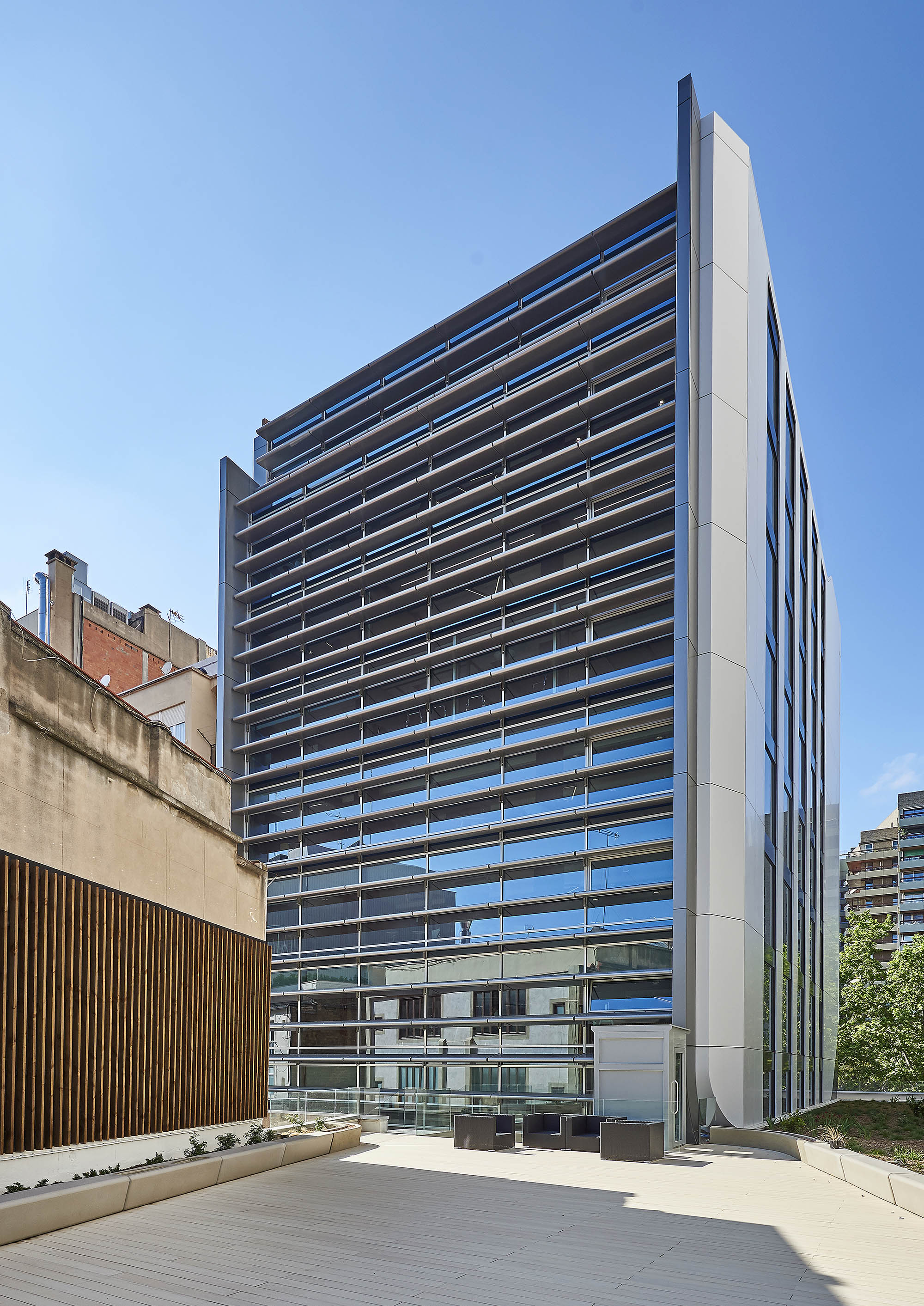
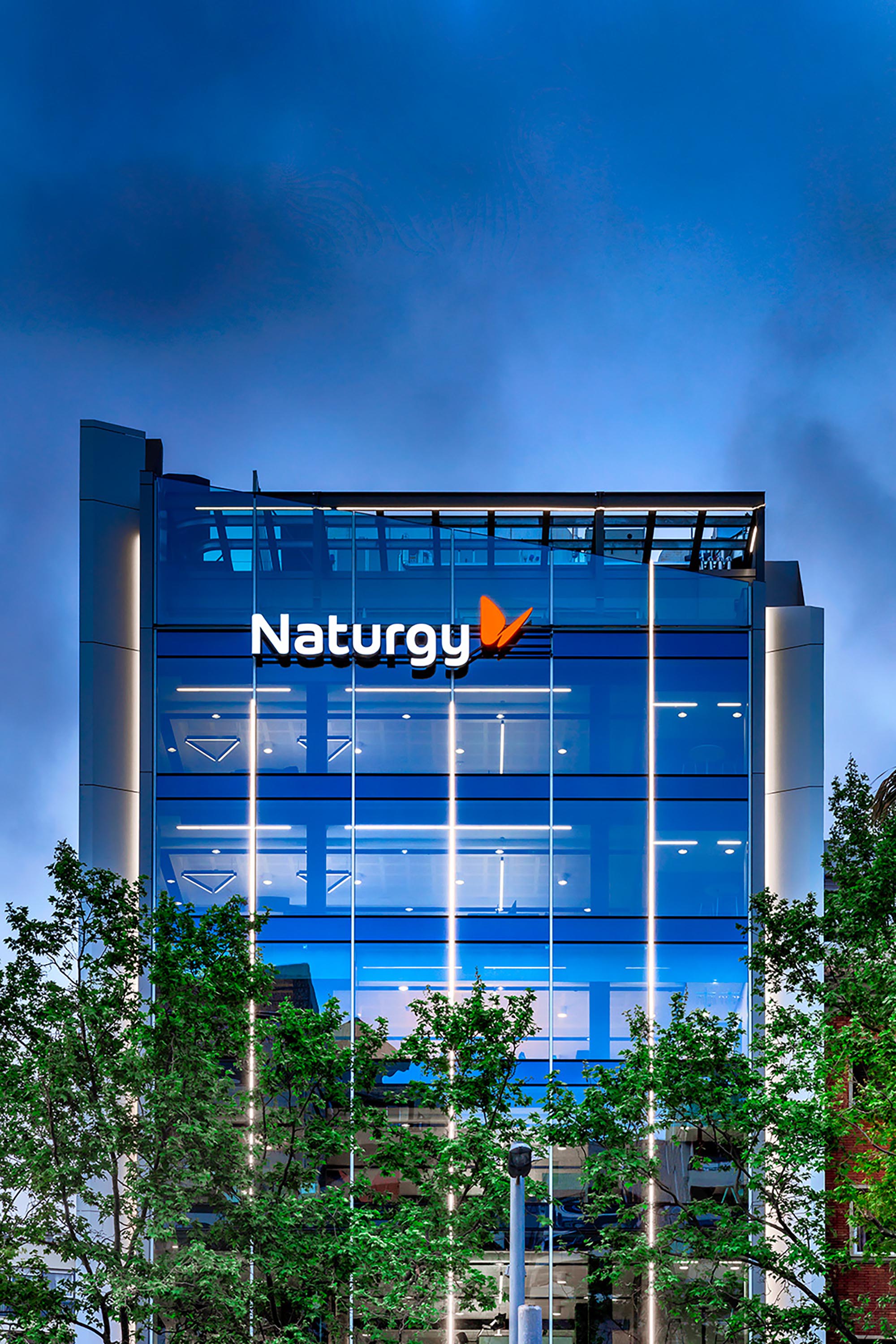

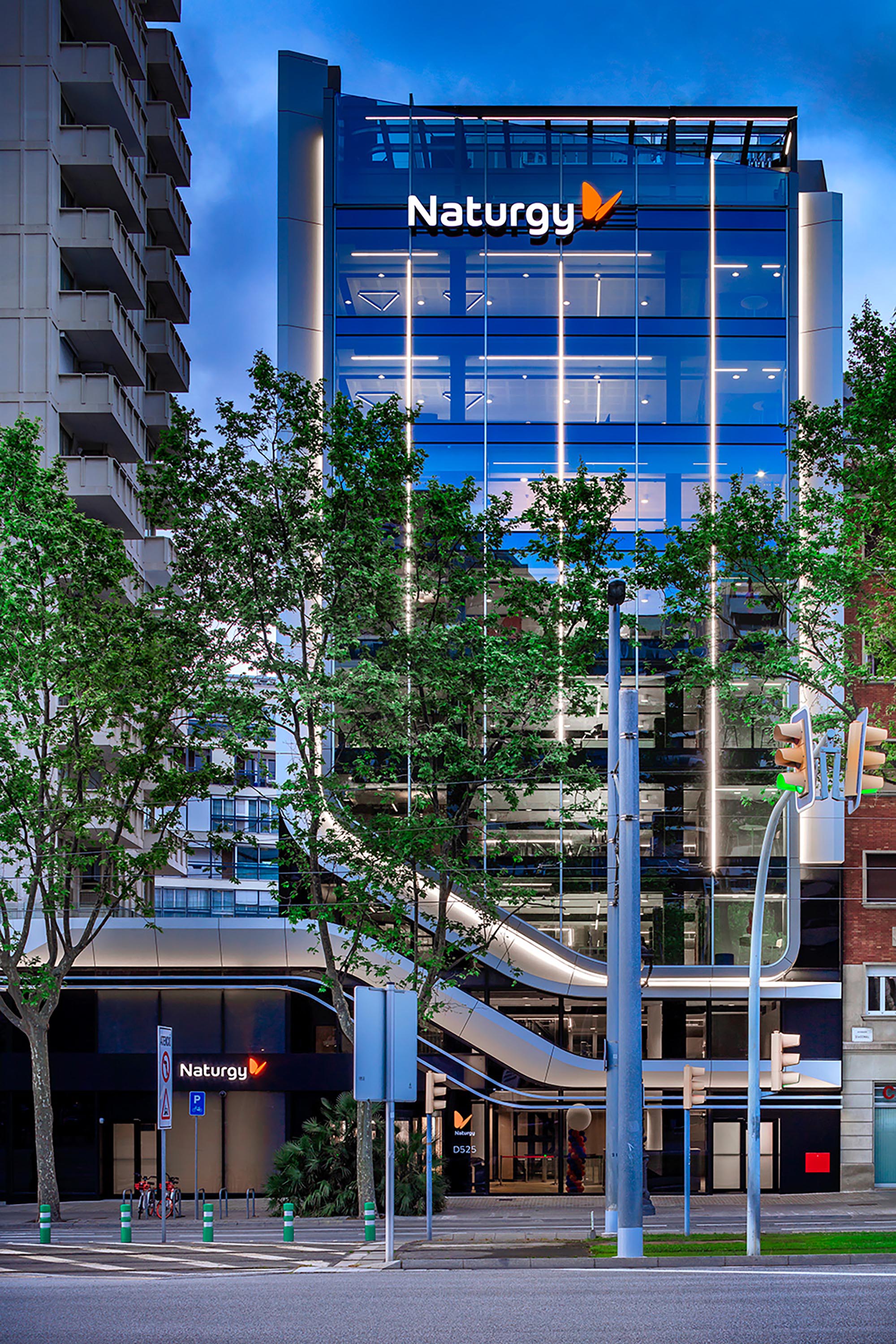
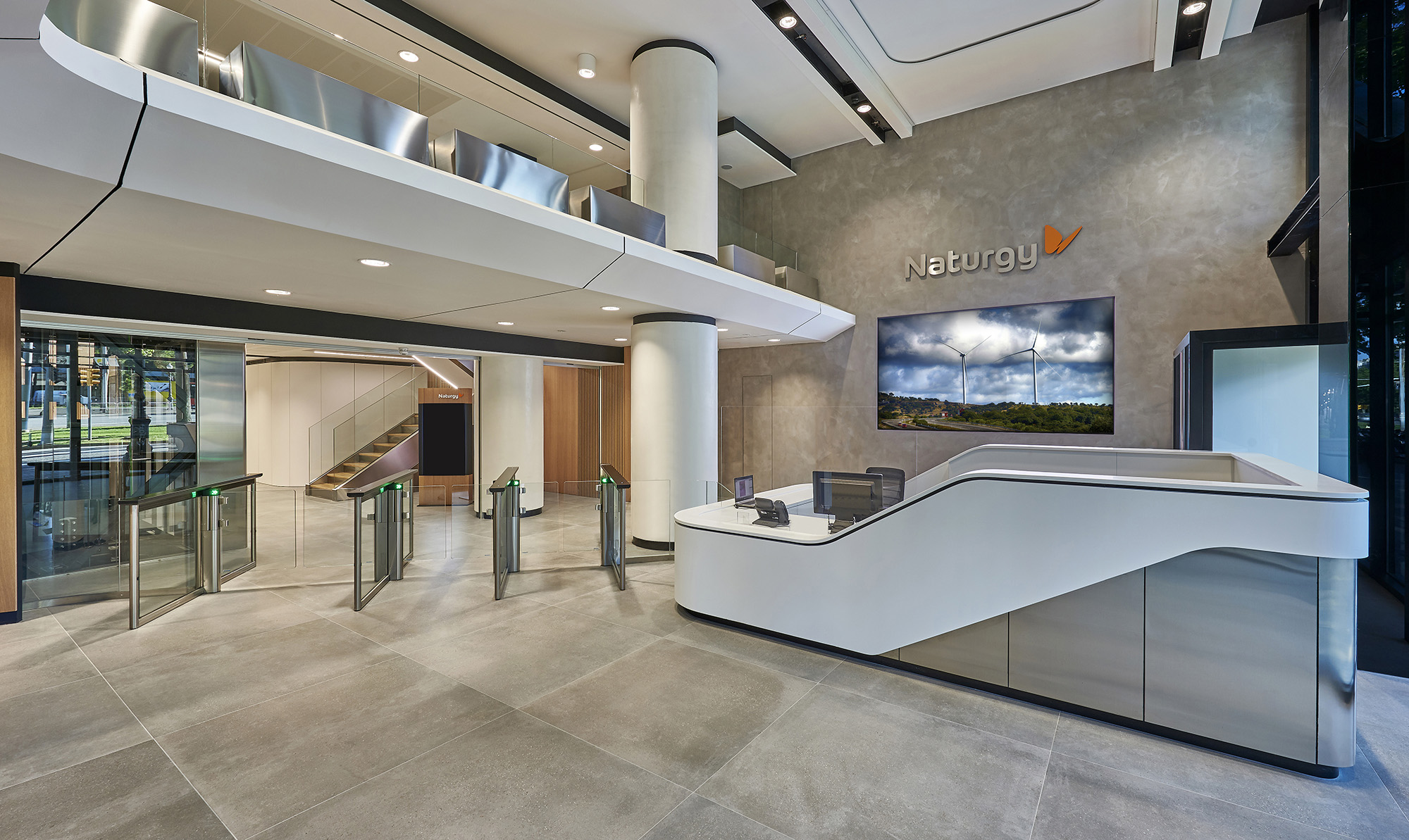

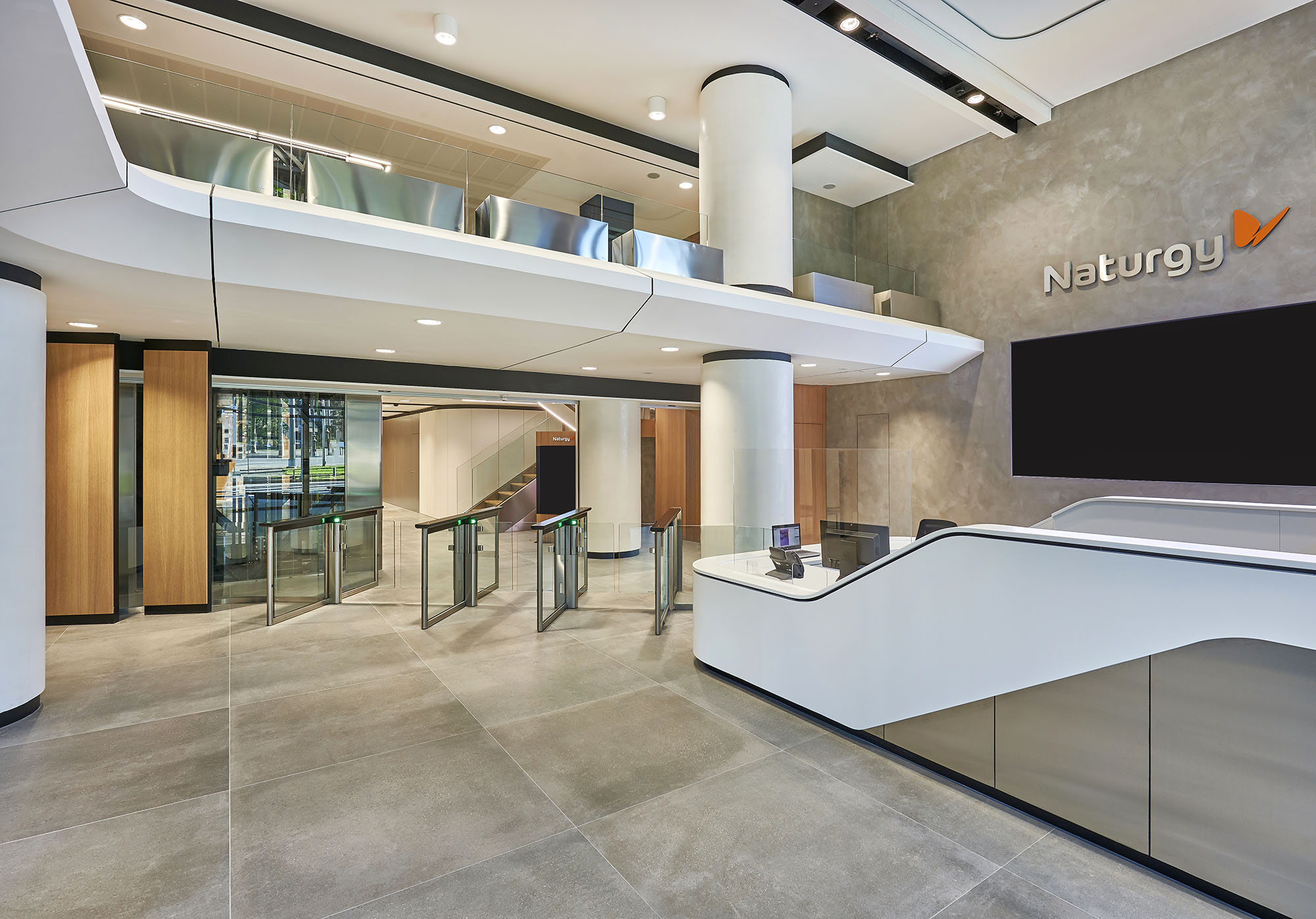
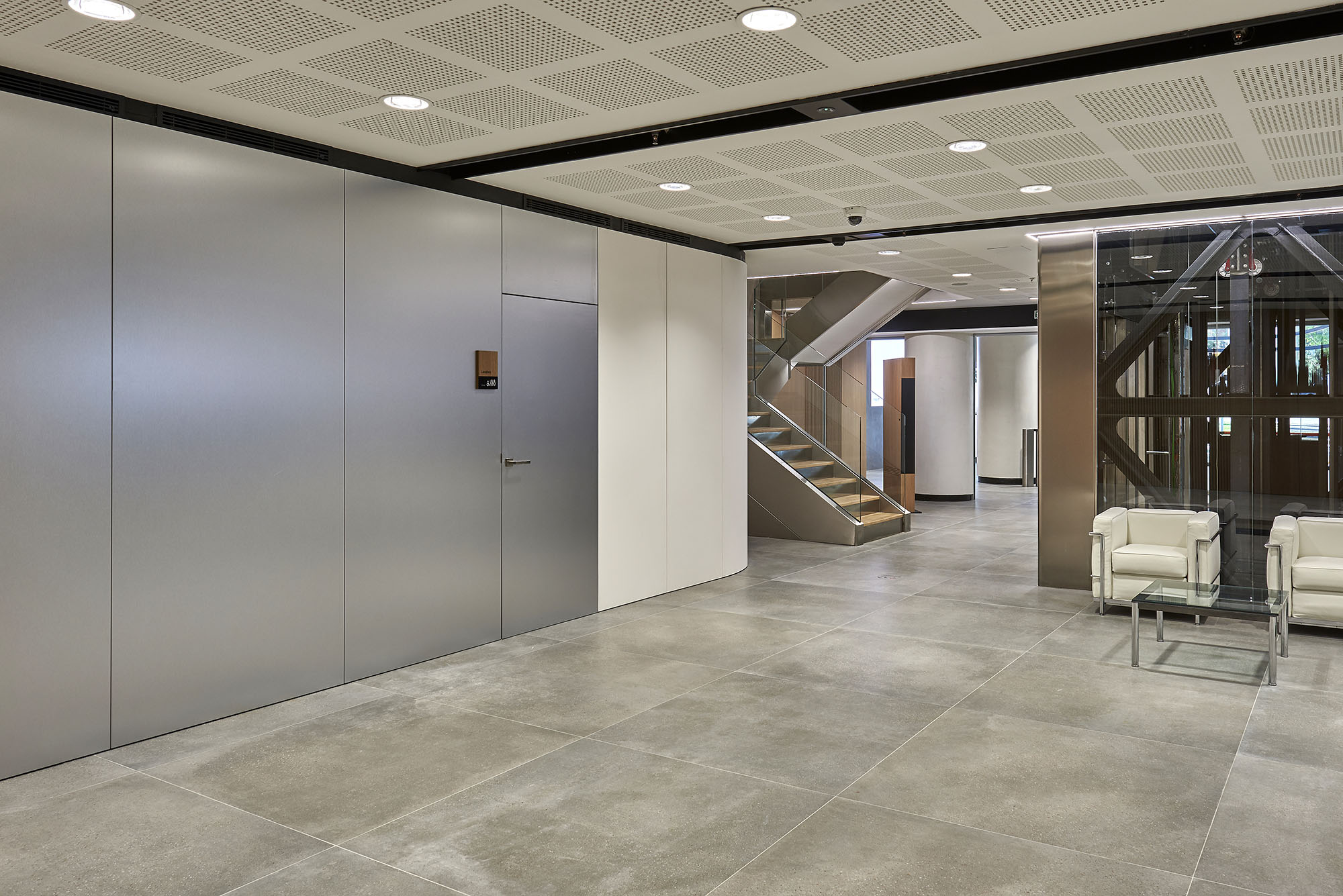

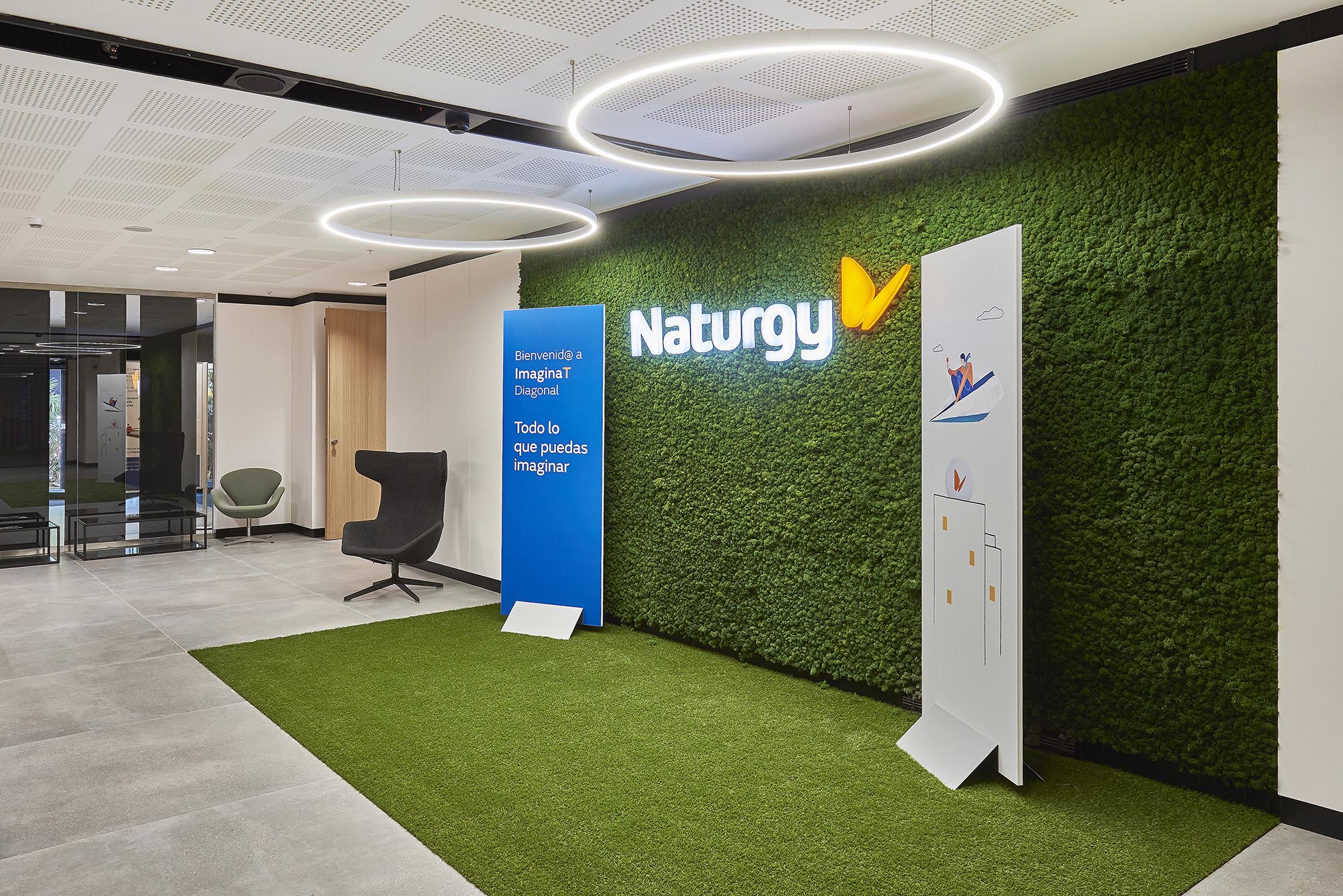

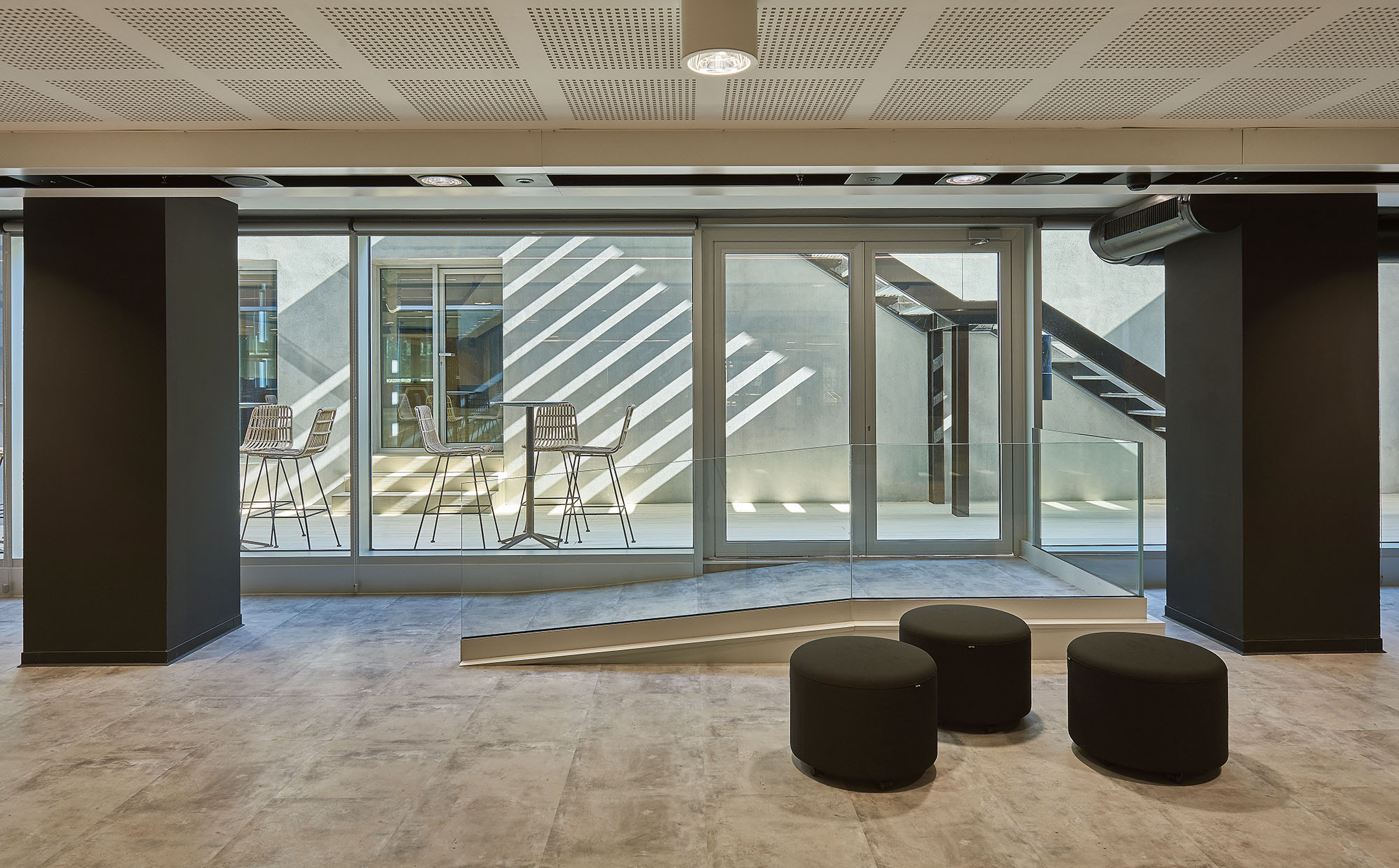
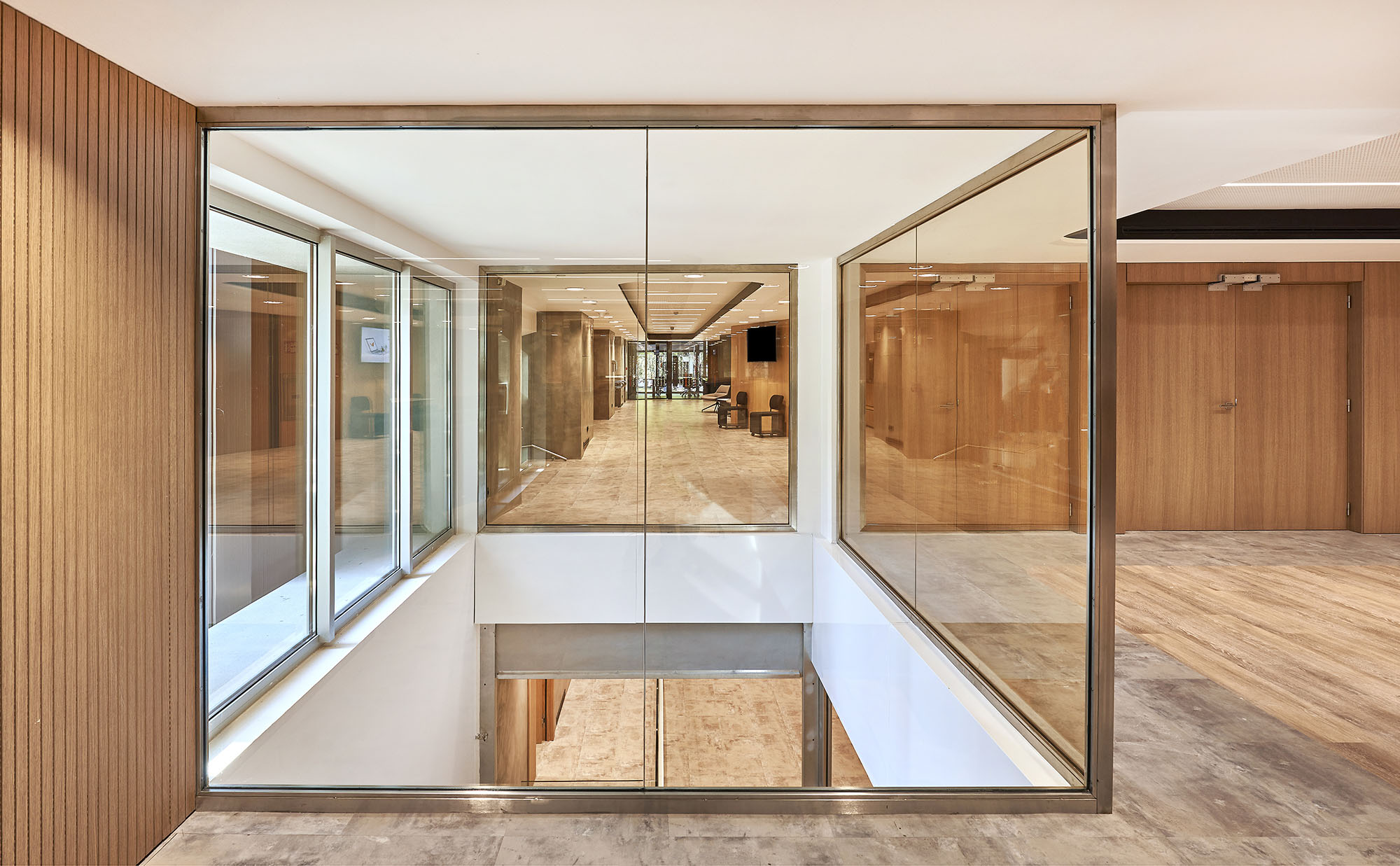

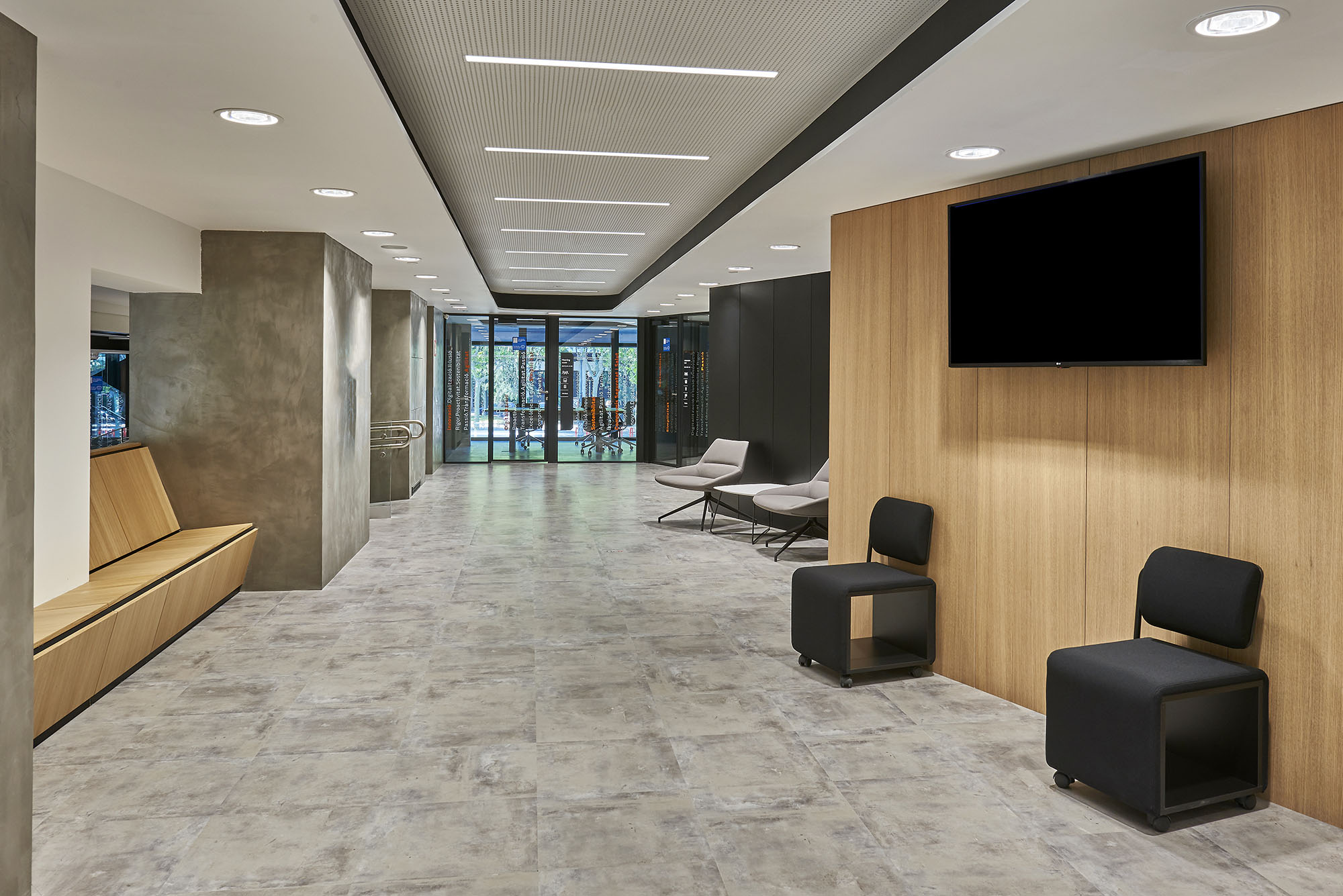

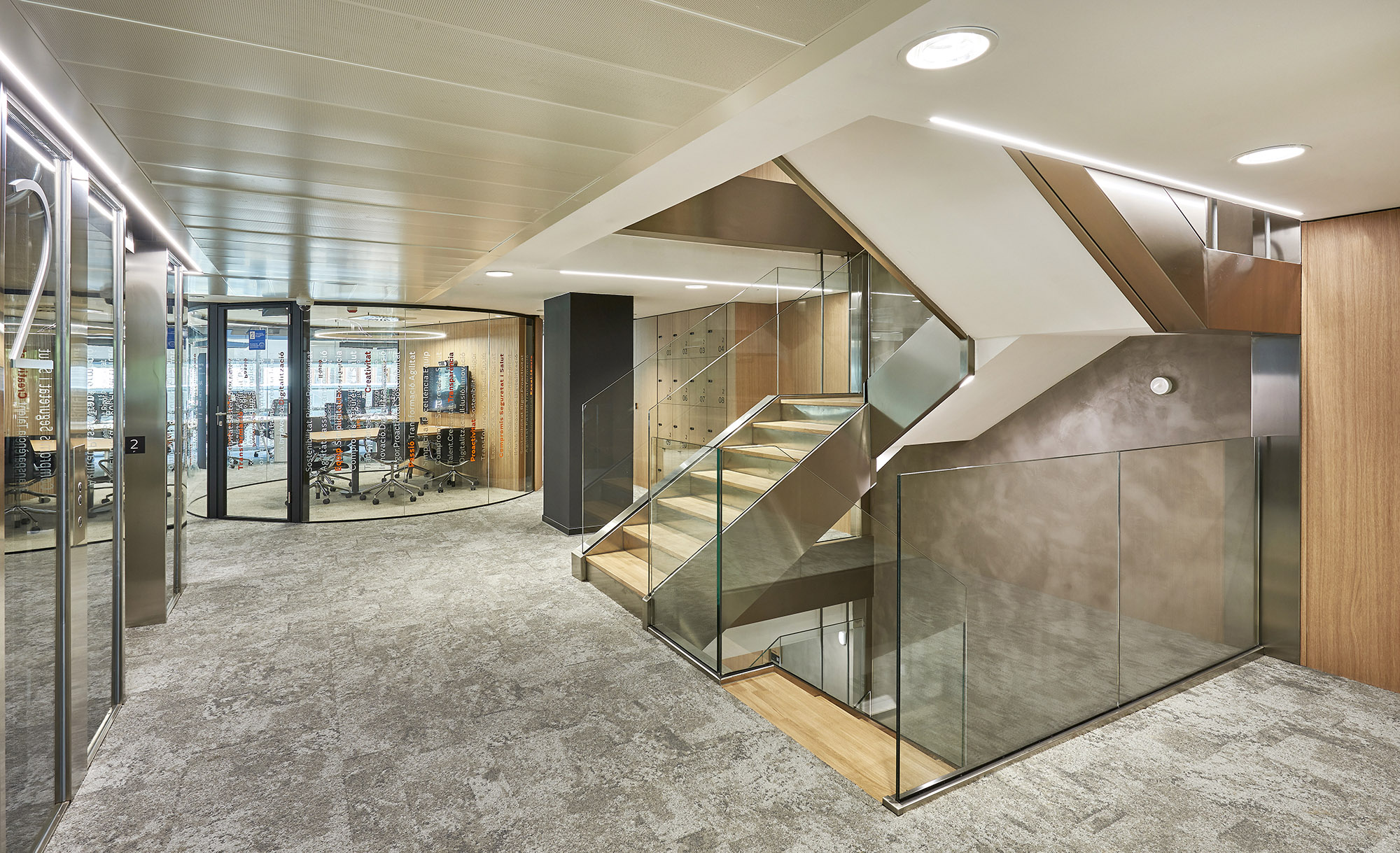

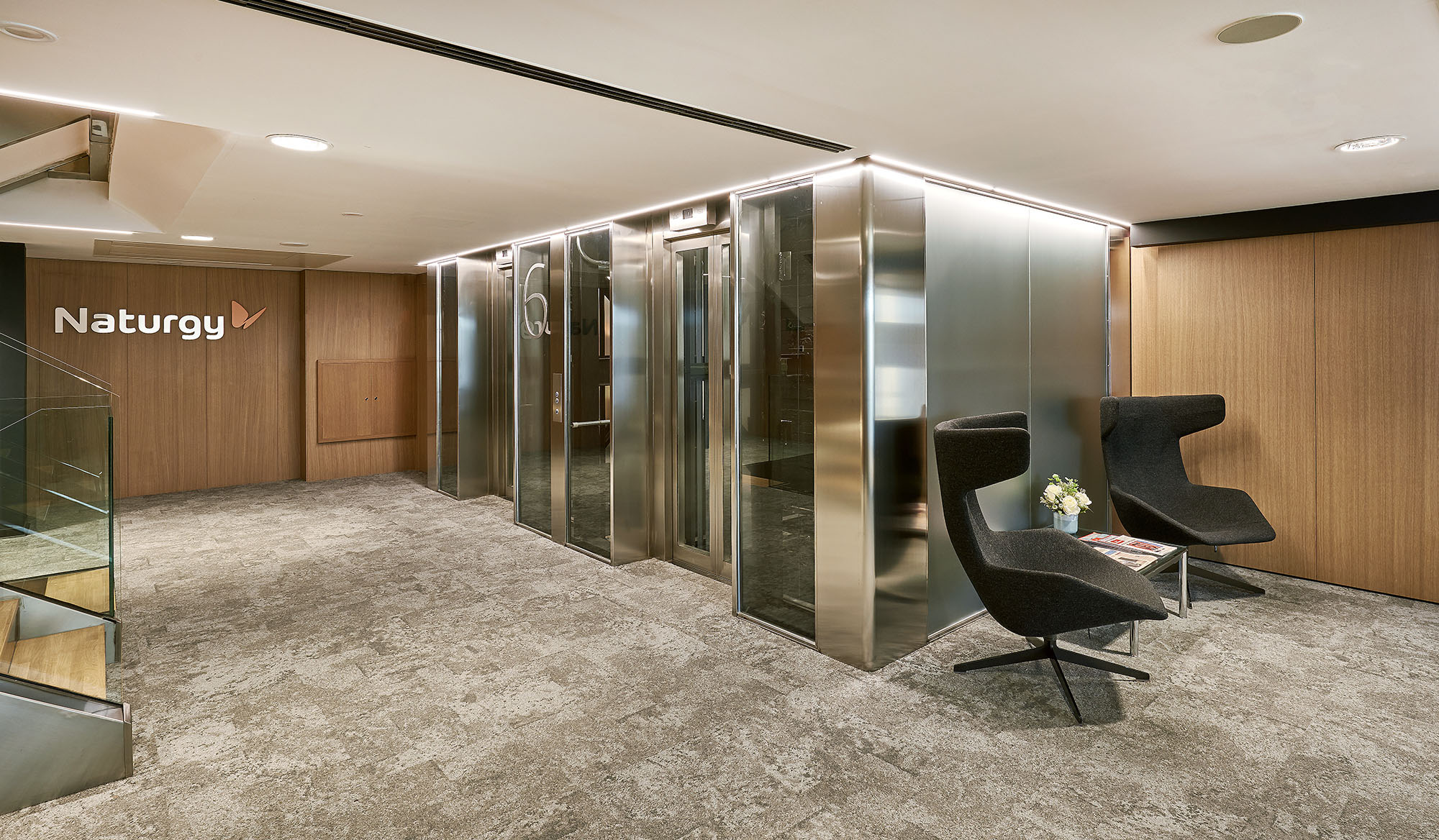
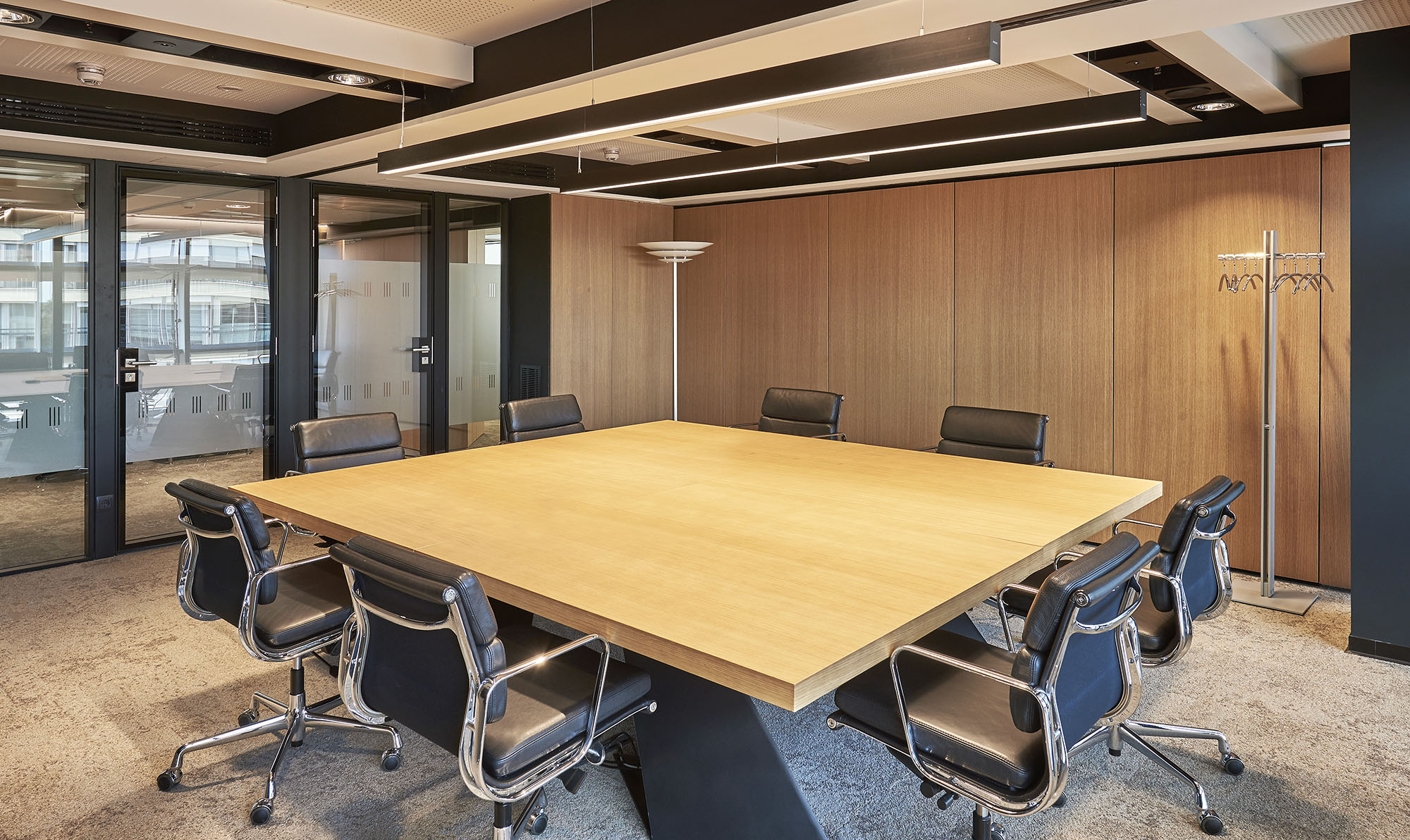
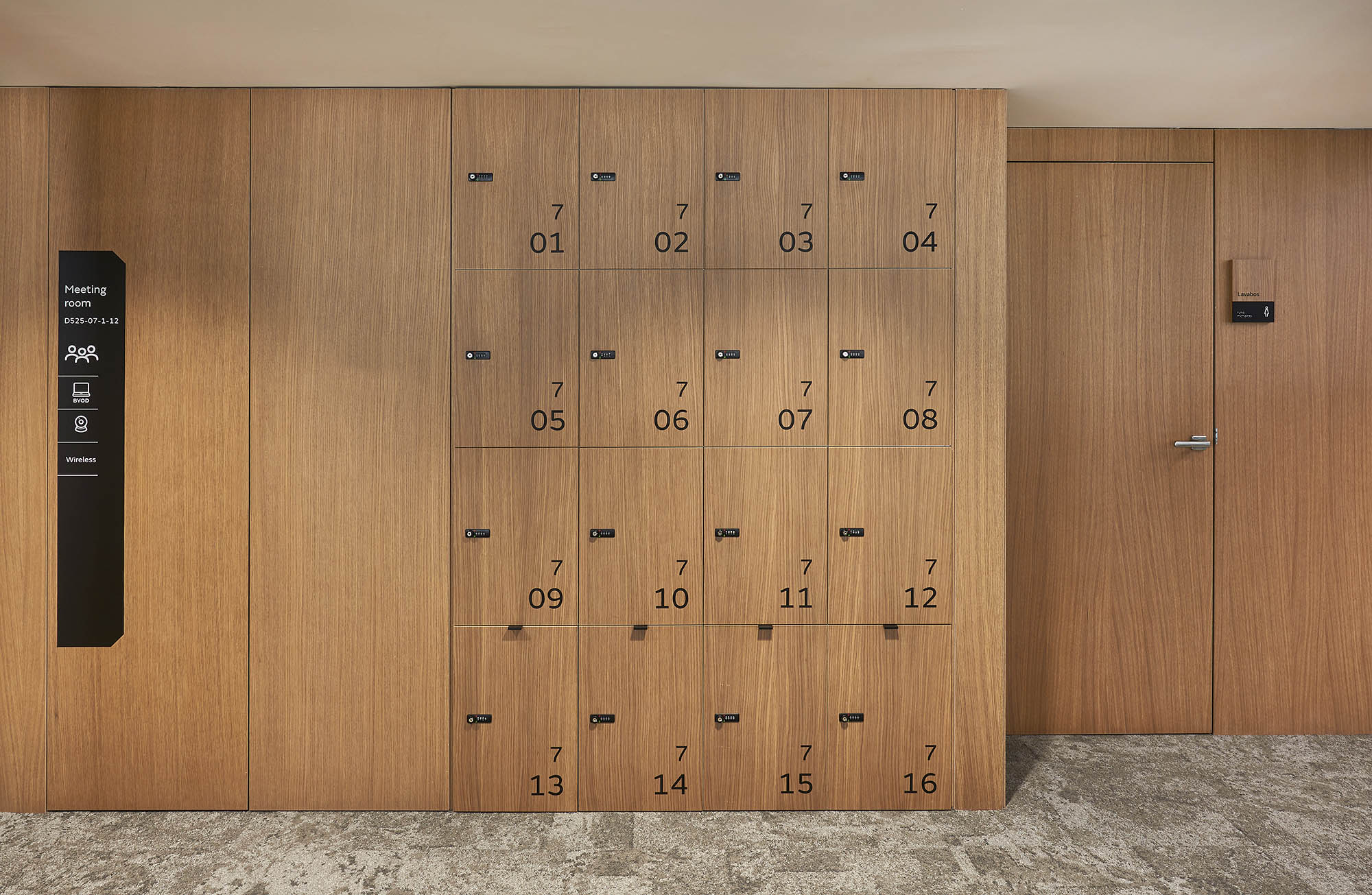




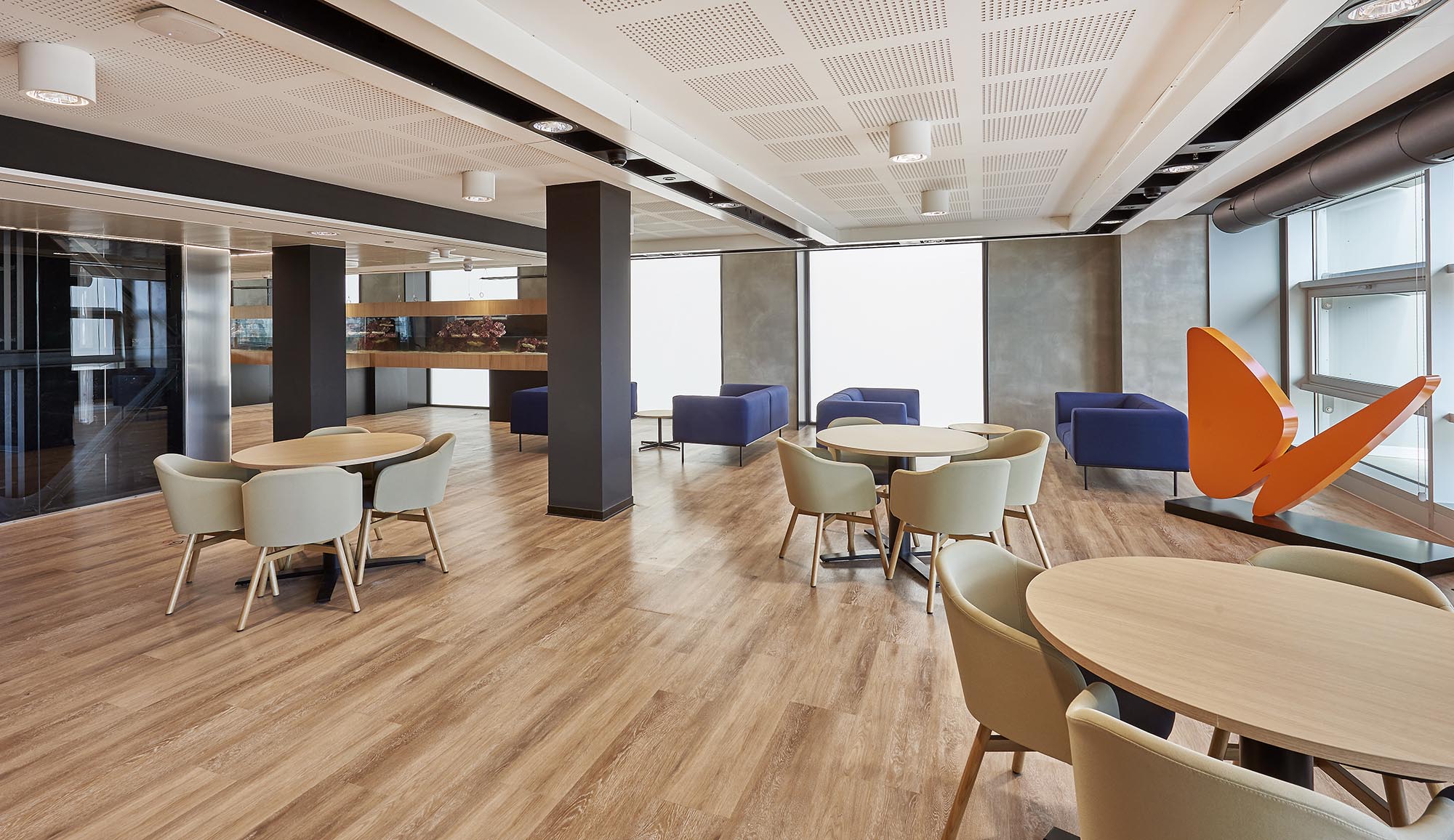

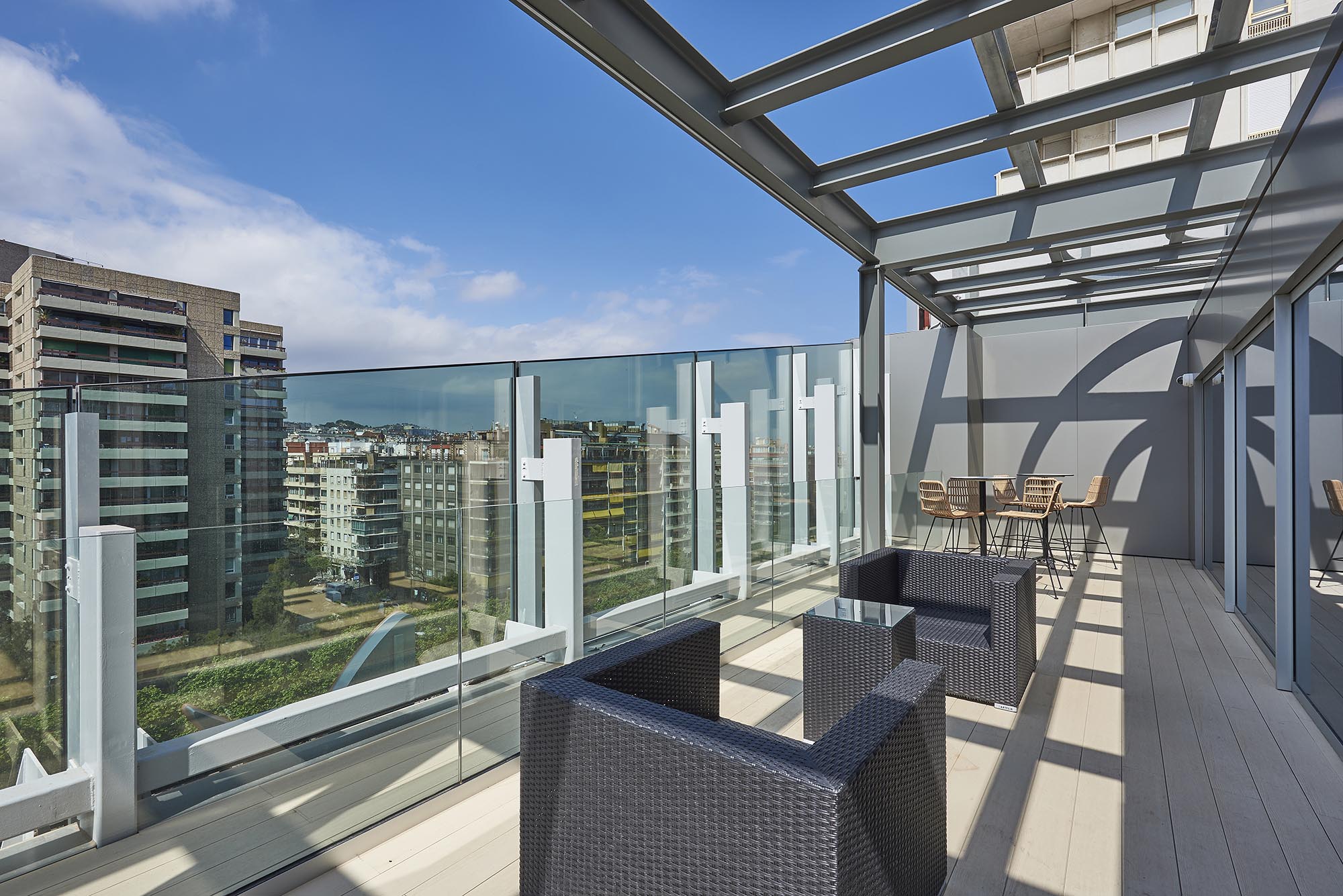
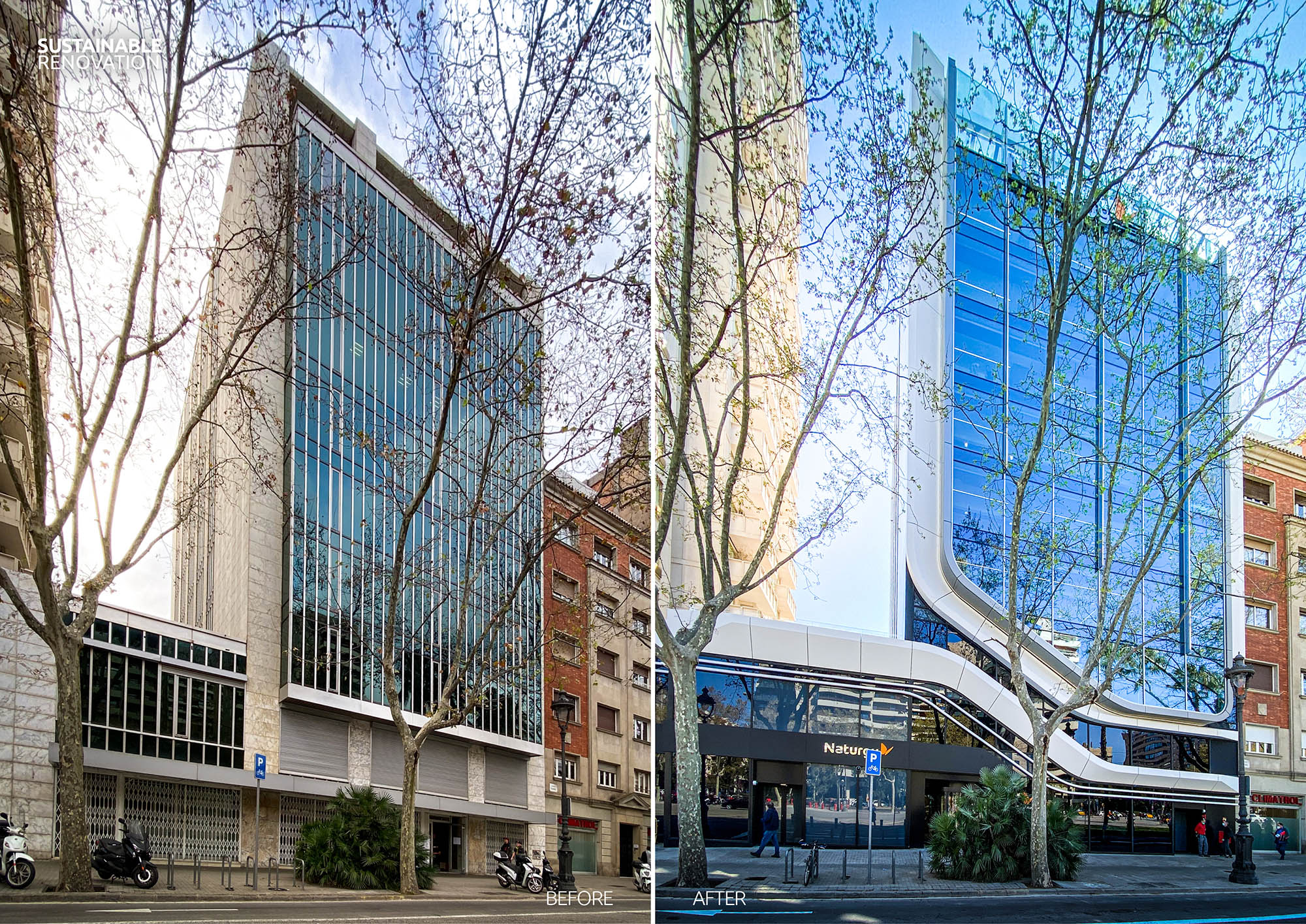
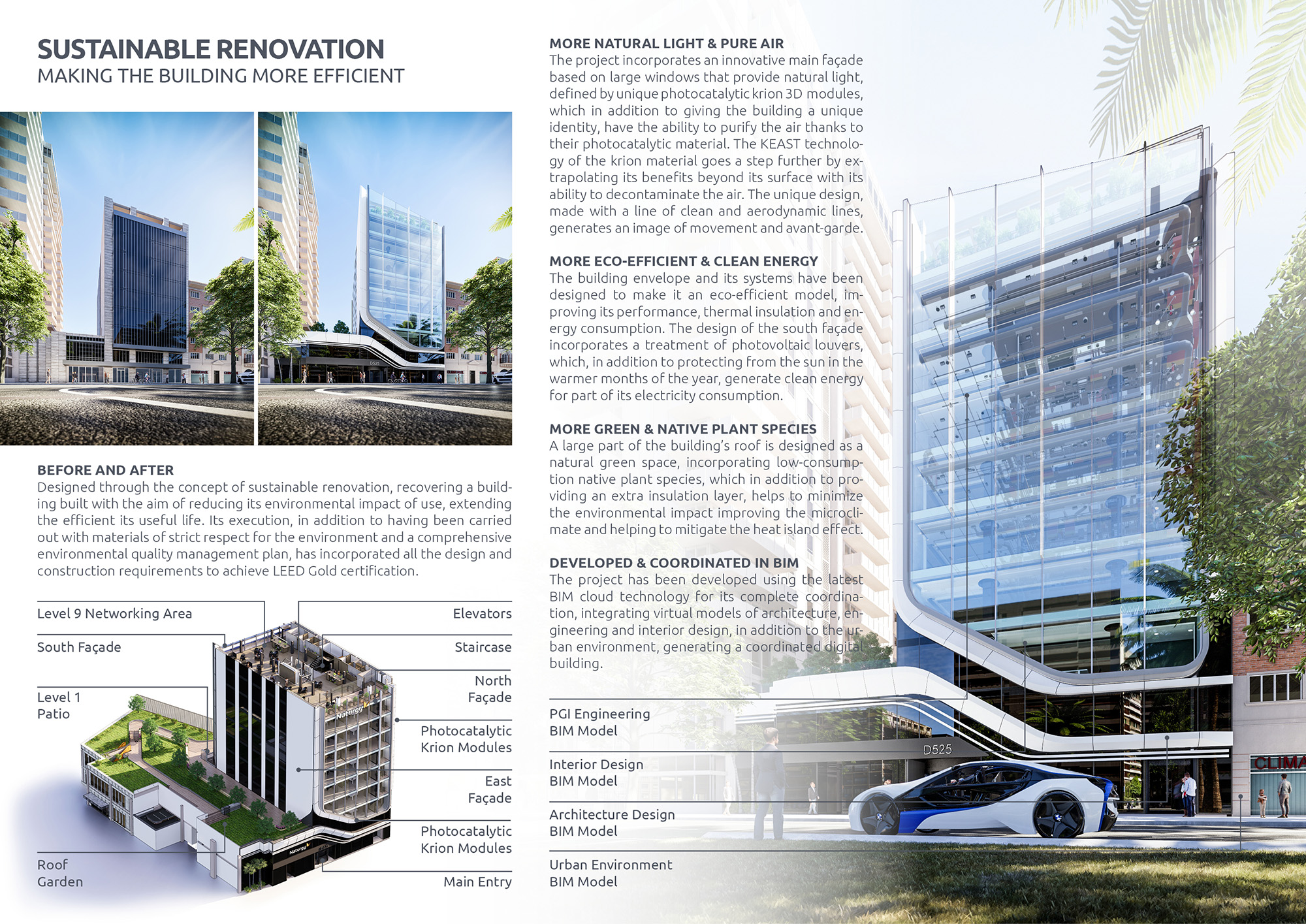
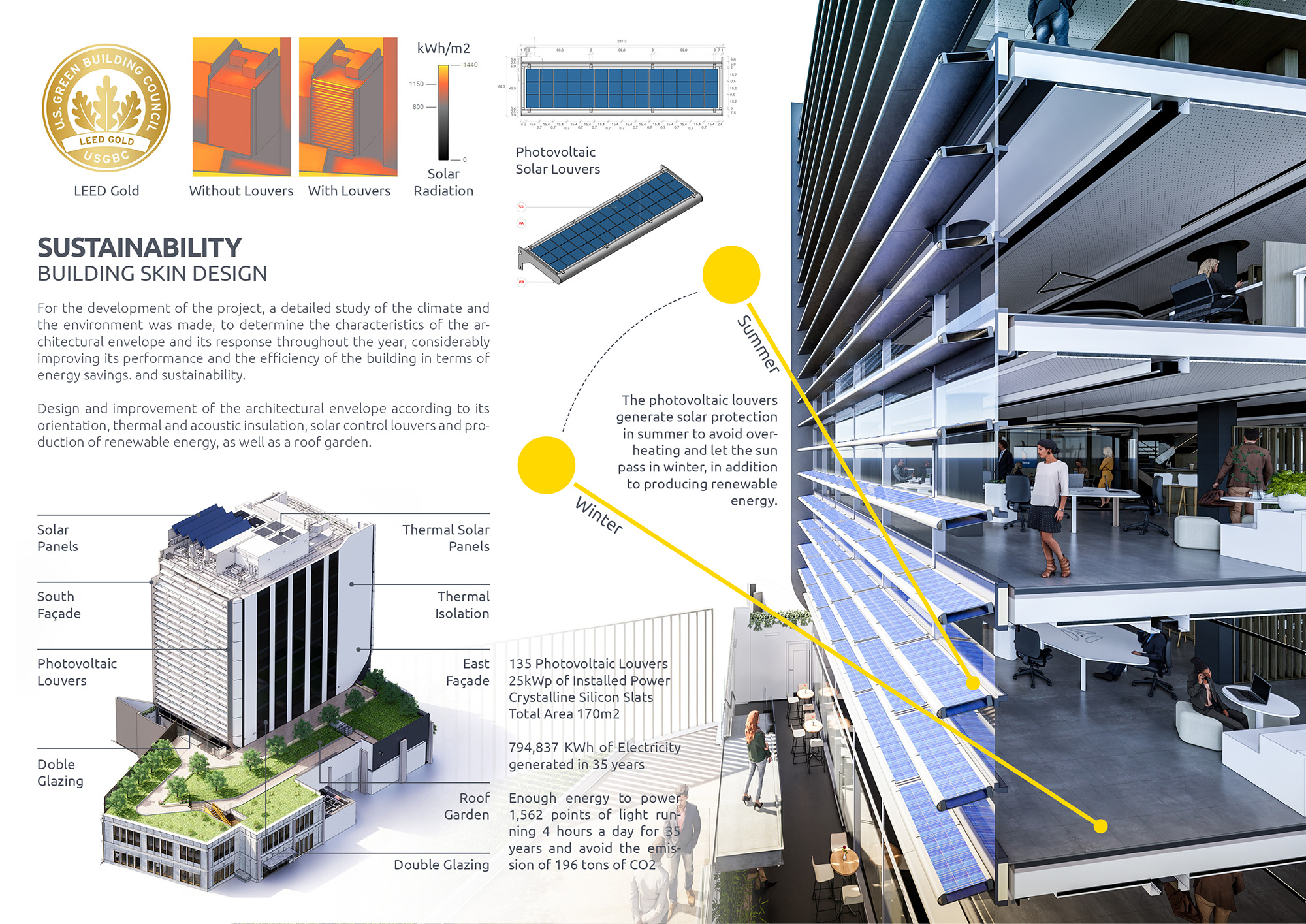
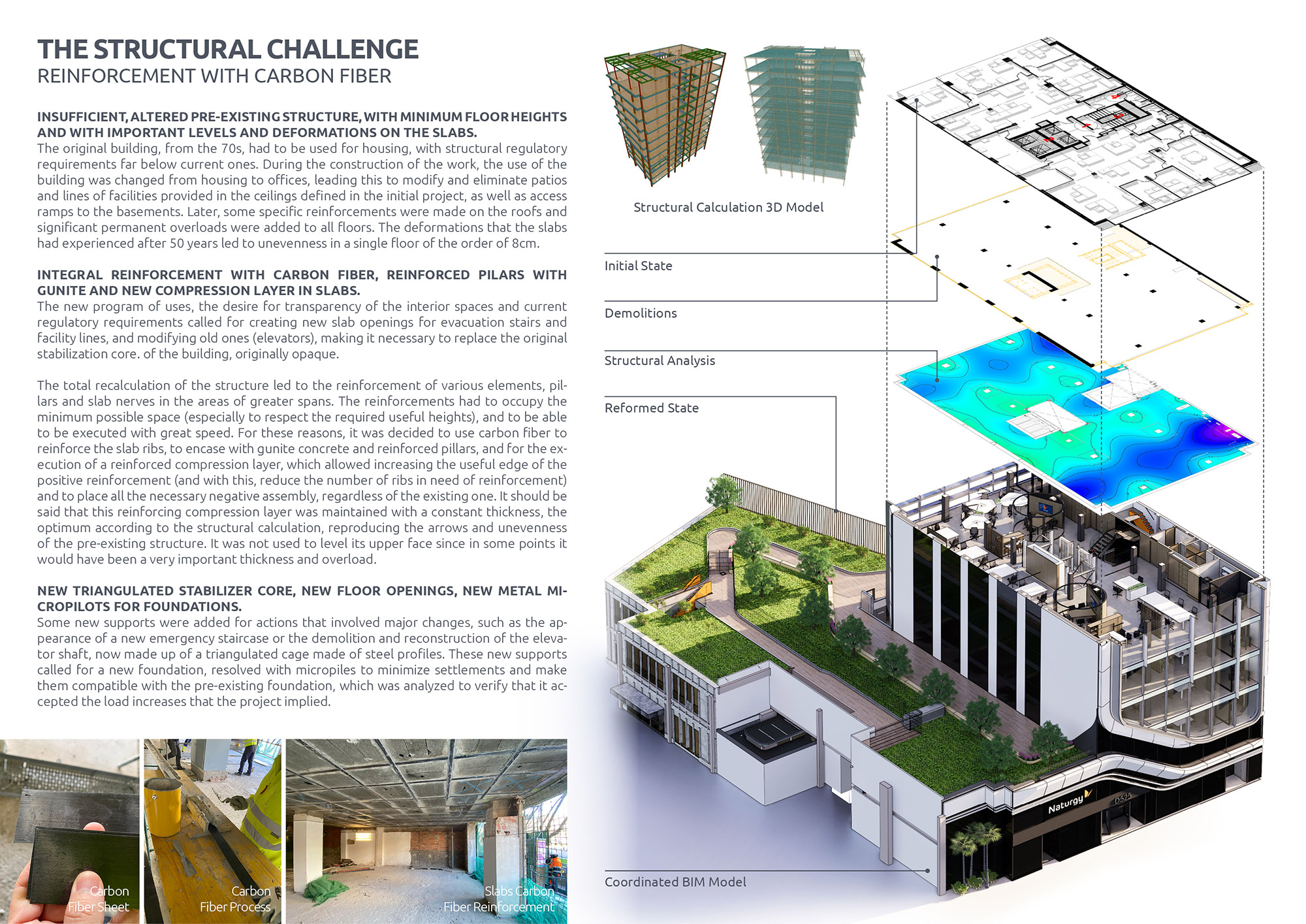
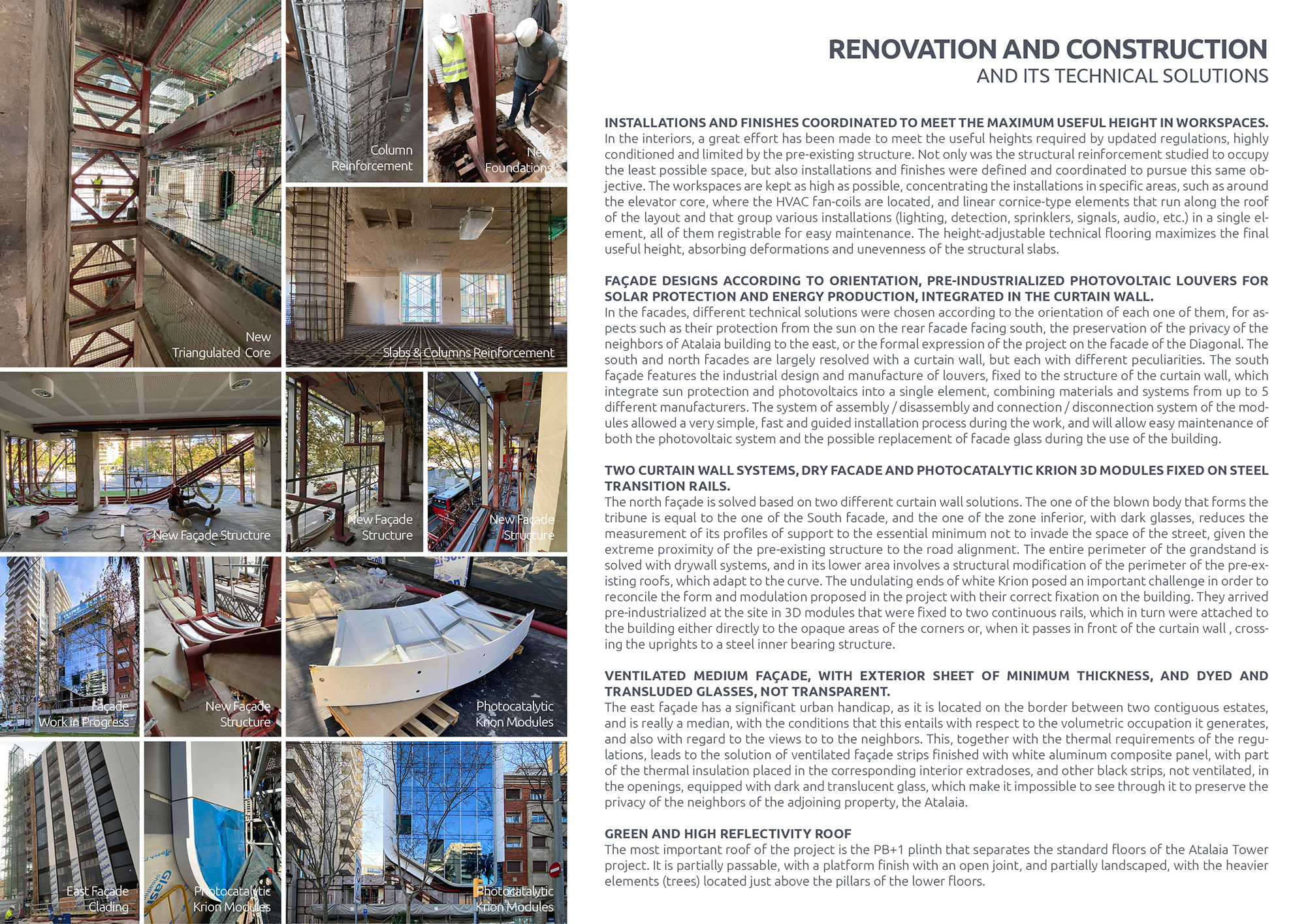
• A’ Design Awards, Milan, Italy : Silver Award - Certificate Of Excellence in Architecture, Building and Structure Design Category : D525 Barcelona (2022)
• APR Urban Design & Architecture Design Awards : Gold Award Winner : D525 Barcelona (2022)
• Archframe Design Awards : Gold Winner : D525 Barcelona (2022)
• The Chicago Athenaeum International Architecture Awards 2022, Chicago, USA : Honorable Mention : D525 Barcelona (2022)
• Golden Trezzini Awards 2021 : Special Mention in Best Implemented Project of Public Building or Facility Category : D525 Barcelona (2021)
• Architecture MasterPrize, Los Angeles, USA : Honorable Mention in Architectural Design / Restoration & Renovation : D525 Barcelona (2021)
• London International Creative Competition : Official Selection : D525 Barcelona (2021)
• IDA Design Awards, Los Angeles, USA : Honorable Mention - Architecture : D525 Barcelona (2021)
• Outstanding Property Award London : Honorable Mention : D525 Barcelona (2021)
• Global Future Design Awards 2021 : Third Award : D525 Barcelona (2021)
• TAC World Design Awards 2021 : Office Building Design (Built) Winner : D525 Barcelona (2021)
• Muse Design Awards, New York, USA : Gold Award Winner - Building Renovation : D525 Barcelona (2021)
• Muse Design Awards, New York, USA : Gold Award Winner - Office Building Design : D525 Barcelona (2021)
• Rethinking the Future Global Architecture Design Awards, New Delhi, India : First Award Winner - Office Building (Built) : D525 Barcelona (2021)
• Novum Design Awards, Helsinki, Finland: Golden Award in Architecture Design : D525 Barcelona (2021)
The building of the new headquarters of Naturgy group in Barcelona, a building property of Inmobiliaria Colonial, is located at Av. Diagonal 525. The project has been designed by Sanzpont Arquitectura through the concept of sustainable renovation, recovering a building built with the aim of reducing its environmental impact of use, extending the efficient its useful life. Its execution, in addition to having been carried out with materials of strict respect for the environment and a comprehensive environmental quality management plan, has incorporated all the design and construction requirements to achieve LEED Gold certification.
The project incorporates an innovative main façade based on large windows that provide natural light, defined by unique photocatalytic krion 3D modules, which in addition to giving the building a unique identity, have the ability to purify the air thanks to their photocatalytic material. The KEAST technology of the krion material goes a step further by extrapolating its benefits beyond its surface with its ability to decontaminate the air. The unique design, made with a line of clean and aerodynamic lines, generates an image of movement and avant-garde.
The building envelope and its systems have been designed to make it an eco-efficient model, improving its performance, thermal insulation and energy consumption. The design of the south façade incorporates a treatment of photovoltaic louvers, which, in addition to protecting from the sun in the warmer months of the year, generate clean energy for part of its electricity consumption.
A large part of the building’s roof is designed as a natural green space, incorporating low-consumption native plant species, which in addition to providing an extra insulation layer, helps to minimize the environmental impact improving the microclimate and helping to mitigate the heat island effect.
For the development of the project, a detailed study of the climate and the environment was made, to determine the characteristics of the architectural envelope and its response throughout the year, considerably improving its performance and the efficiency of the building in terms of energy savings. and sustainability. Design and improvement of the architectural envelope according to its orientation, thermal and acoustic insulation, solar control louvers and production of renewable energy, as well as a roof garden.
The project has been developed using the latest BIM cloud technology for its complete coordination, integrating virtual models of architecture, engineering and interior design, in addition to the urban environment, generating a coordinated digital building.
















The original design and space planning concept implemented by CBRE and later developed by SANZPONT, is based on generating a clean and open space, with an open and continuous workspace that encourages collaboration and teamwork. Both team and managers coexist equally in the same space, where the jobs aerodynamic in such a way that they are exchanged according to the needs and work teams, offering persona lockers and formal and informal meeting rooms, as well as personal spaces to talk by phone.
























THE STRUCTURAL CHALLENGE
Reinforcement with Carbon Fiber
The original building, from the 70s, had to be used for housing, with structural regulatoryrequirements far below current ones. During the construction of the work, the use of thebuilding was changed from housing to offices, leading this to modify and eliminate patiosand lines of facilities provided in the ceilings defined in the initial project, as well as accessramps to the basements. Later, some specific reinforcements were made on the roofs andsignificant permanent overloads were added to all floors. The deformations that the slabshad experienced after 50 years led to unevenness in a single floor of the order of 8cm.
The new program of uses, the desire for transparency of the interior spaces and currentregulatory requirements called for creating new slab openings for evacuation stairs andfacility lines, and modifying old ones (elevators), making it necessary to replace the originalstabilization core. of the building, originally opaque.
The total recalculation of the structure led to the reinforcement of various elements, pil-lars and slab nerves in the areas of greater spans. The reinforcements had to occupy theminimum possible space (especially to respect the required useful heights), and to be ableto be executed with great speed. For these reasons, it was decided to use carbon fiber toreinforce the slab ribs, to encase with gunite concrete and reinforced pillars, and for the ex-ecution of a reinforced compression layer, which allowed increasing the useful edge of thepositive reinforcement (and with this, reduce the number of ribs in need of reinforcement)and to place all the necessary negative assembly, regardless of the existing one. It should besaid that this reinforcing compression layer was maintained with a constant thickness, theoptimum according to the structural calculation, reproducing the arrows and unevennessof the pre-existing structure. It was not used to level its upper face since in some points itwould have been a very important thickness and overload.
Some new supports were added for actions that involved major changes, such as the ap-pearance of a new emergency staircase or the demolition and reconstruction of the eleva-tor shaft, now made up of a triangulated cage made of steel profiles. These new supportscalled for a new foundation, resolved with micropiles to minimize settlements and makethem compatible with the pre-existing foundation, which was analyzed to verify that it ac-cepted the load increases that the project implied.
In the interiors, a great effort has been made to meet the useful heights required by updated regulations, highly conditioned and limited by the pre-existing structure. Not only was the structural reinforcement studied to occupy the least possible space, but also installations and finishes were defined and coordinated to pursue this same objective. The workspaces are kept as high as possible, concentrating the installations in specific areas, such as around the elevator core, where the HVAC fan-coils are located, and linear cornice-type elements that run along the roof of the layout and that group various installations (lighting, detection, sprinklers, signals, audio, etc.) in a single element, all of them registrable for easy maintenance. The height-adjustable technical flooring maximizes the final useful height, absorbing deformations and unevenness of the structural slabs.
In the facades, different technical solutions were chosen according to the orientation of each one of them, for aspects such as their protection from the sun on the rear facade facing south, the preservation of the privacy of the neighbours of Atalaya building to the east, or the formal expression of the project on the facade of the Diagonal. The south and north facades are largely resolved with a curtain wall, but each with different peculiarities. The south façade features the industrial design and manufacture of louvers, fixed to the structure of the curtain wall, which integrate sun protection and photovoltaics into a single element, combining materials and systems from up to 5different manufacturers. The system of assembly / disassembly and connection / disconnection system of the modules allowed a very simple, fast and guided installation process during the work, and will allow easy maintenance of both the photovoltaic system and the possible replacement of facade glass during the use of the building.
The north façade is solved based on two different curtain wall solutions. The one of the blown body that forms the tribune is equal to the one of the South facade, and the one of the zone inferior, with dark glasses, reduces the measurement of its profiles of support to the essential minimum not to invade the space of the street, given the extreme proximity of the pre-existing structure to the road alignment. The entire perimeter of the grandstand issolved with drywall systems, and in its lower area involves a structural modification of the perimeter of the pre-existing roofs, which adapt to the curve. The undulating ends of white Krion posed an important challenge in order to reconcile the form and modulation proposed in the project with their correct fixation on the building. They arrived pre-industrialized at the site in 3D modules that were fixed to two continuous rails, which in turn were attached to the building either directly to the opaque areas of the corners or, when it passes in front of the curtain wall , cross-ing the uprights to a steel inner bearing structure.
The east façade has a significant urban handicap, as it is located on the border between two contiguous estates, and is really a median, with the conditions that this entails with respect to the volumetric occupation it generates, and also with regard to the views to to the neighbours. This, together with the thermal requirements of the regulations, leads to the solution of ventilated façade strips finished with white aluminum composite panel, with part of the thermal insulation placed in the corresponding interior extradoses, and other black strips, not ventilated, in the openings, equipped with dark and translucent glass, which make it impossible to see through it to preserve the privacy of the neighbours of the adjoining property, the Atalaya.
The most important roof of the project is the PB+1 plinth that separates the standard floors of the Atalaya Tower project. It is partially passable, with a platform finish with an open joint, and partially landscaped, with the heavier elements (trees) located just above the pillars of the lower floors.





Time Lapse Video by Voxel Studios (Courtesy of Colonial)
"Diagonal 525 office building, located within the Prime CBD area of Barcelona at the confluence with Avenida Sarriá, has a surface area of 5,800 m2 above ground and 1,200 m2 below ground, divided into a ground floor and nine floors. It has recently undergone a comprehensive refurbishment, resulting in one of the most emblematic office buildings in the central business hub of Barcelona, standing out for its high performance in terms of Sustainability."
- Inmobiliaria Colonial
PROJECT: D525 | Diagonal 525, Barcelona
CLIENT: Inmobiliaria Colonial & Naturgy Group
ARCHITECTURE DESIGN: sanzpont [arquitectura]
INTERIOR DESIGN: CBRE + sanzpont [arquitectura]
ARCHITECTS + CONSTRUCTION MANAGEMENT: Sergio Sanz, Victor Sanz, Oriol Vidal, Xevi Prat, Carles Campanyà, Guillem Armengol
STRUCTURAL DESIGN + CEM: Campanyà i Vinyeta Arquitectes
MEP DESIGN + LEED CONSULTANTS: PGI Engineering
PROJECT MANAGEMENT: Projects & Facilities Management
SECURITY & HEALTH: Tulpan Intermediació
GENERAL CONTRACTOR: OIC - Penta
MAIN CONTRACTORS: Suris (MEP), Garcia Faura (Façade), Butech (Krion)
PHOTOS: David Cardelús (Courtesy of Naturgy), Dani Rovira (Courtesy of Colonial), Sergio Sanz (Courtesy of Sanzpont)
TIME LAPSE: Voxel Studios
Our offices are located in Barcelona, Cancún, Chicago and Santo Domingo, but thanks to technology we can do projects on all over the world.
Barcelona
Bac de Roda 136
08020, Barcelona
Spain
Madrid
Av. de Buendía 11
19005 Guadalajara (Madrid)
Spain
Chicago
373 Hazel Ave, Apt A1
60022, Glencoe, Illinois
United States